Raphael Tuck was the most prolific producer of Christmas cards in the Victorian era. At his London print shop, he sold reproductions of popular art, which adorned homes all over Britain and America. Illustrations by Tuck’s graphic artists continued to inspire well into the 20th century, including china figurines by Royal Doulton. A rare prototype of Lady Charmian from the 1930s at WMODA conjures up the festive season.
Raphael Tuck was born in Prussia in 1821 and in his early years he became a noted scholar of Orthodox Judaism. His training in the graphic arts ultimately led to his business enterprise in London, which began in 1866. Tuck sold reproductions of popular paintings and greetings cards, which were printed in his native country. Exchanging Christmas cards became increasingly popular during the Victorian era and Tuck produced both secular and religious designs. It may seem ironic that an orthodox Jew should become the chief exponent and promoter of the Christmas card, but his Holiday designs ranged from Santa Claus, holly and mistletoe to the nativity and the infant Jesus.
In 1880, Tuck expanded its stable of artists by launching a nationwide contest with cash prizes for the best designs. More than 5,000 paintings by amateur and professional artists were entered. Queen Victoria granted the firm the Royal Warrant in 1883 and by the end of the 19th century, Tuck had established offices in Paris, Berlin, Montreal and New York. The company’s prints, books, calendars and cards were so widespread that the president of the Royal Academy said of his influence, "Mr. Tuck's graphic productions were likely more effective than all of the art galleries in the world." Raphael’s sons continued to expand the business after his death in 1900 and scenic postcards also blossomed into a popular form of social communication alongside Christmas cards.
In the 1930s, Royal Doulton paid royalties to Raphael Tuck so that they could reproduce the fine art printer’s designs as china figurines. The figure of Lady Charmian was modeled by Leslie Harradine after a Christmas card of the Unexpected Meeting by Stanislaus Longley. In the Royal Doulton prototype at WMODA, Lady Charmian carries a ball of mistletoe but in the production version she holds flowers. Presumably this change prompted better sales all year round as Lady Charmian HN1948 went on to become one of Royal Doulton’s most popular figures and was offered in two color schemes from 1940 to 1975.
Stanislaus Soutten Longley was responsible for many Raphael Tuck cards and prints which inspired Royal Doulton figures. Longley was a widely exhibited painter and a member of the Royal Society of British artists during the 1920s and 30s. He produced posters for the London Underground and an advertisement for Liberty’s department store, which became the Royal Doulton figurine Honey HN1909. One of his paintings was chosen by the Duke and Duchess of Kent as their Christmas card in 1935 and it became the Royal Doulton figurine Memories HN1855. Raphael Tuck’s fee for reproducing Longley’s image in china was 4 guineas. Royal Doulton also bought reproduction rights directly from Longley and he was paid £2.12.6 for each design and the same again if it was marketed.
Despite Longley’s apparent commercial success, correspondence in the Royal Doulton archives suggests he was short of funds during the war years and in a letter of December 27, 1941, he writes that he “would like to possess some of the models you have made from various designs of mine, do you think it possible… I have looked at them I must admit very longingly in the stores, but unfortunately in these difficult days that artists as a whole are going through, I have never been able to afford the pleasure of possessing one.” A penciled note at the bottom of the letter indicate that the invoice was passed to Doulton’s accounts department and Longley was sent three models at 5 guineas each.
Royal Doulton also acquired the “sole rights to reproduction in china” for several Raphael Tuck designs by Molly Benatar, who lived and exhibited in London during the 1920s and 30s. She was primarily a watercolor artist and book illustrator and was responsible for the cover of Tuck’s Christmas Annual. One of her calendar designs inspired Royal Doulton’s iconic figure Top o’the Hill, which was first introduced in 1937 and remained in production for over 50 years. A letter in the Royal Doulton archives indicates that payment was 5 guineas for Benatar image compared with 4 guineas for the Longley designs. A few years ago, I found a Christmas design entitled The Robin’s Message by Molly Benatar at an antiques market, which proved to be inspiration for Royal Doulton’s Toinette HN1940. Another seasonal image of a boy throwing snowballs at a young girl with a muff, entitled When Hearts are Young, became Miss Muffet HN1936, launched in 1940.
World War Two broke out in 1939 and tons of bombs fell on London during the night of December 29, 1940. By morning Tuck’s headquarters, Raphael House, was in ashes. Records of 74 years were destroyed along with 40,000 original pictures and photographs by some of Britain’s most talented artists. As a result, research into Tuck’s influence on Royal Doulton figurines has been a journey of discovery. Recently a Christmas card entitled A Christmas Story was found by Christopher Evans, the co-author of Reflections · Doulton Figurines as a Mirror of their Times. This design by Walter Ernest Webster was the source for Royal Doulton’s Bedtime Story HN2059. Again, the seasonal connotation has been eliminated for year-round sales. Webster was a portrait painter and an illustrator of romantic figure subjects. He exhibited at the Royal Academy annually until his death in 1959. Several of his paintings have been identified as sources for Royal Doulton’s figurines, including Helen HN1508, Gwendolen HN1494 and Four o’Clock HN1760 which can be seen in the Art of Tea exhibit at WMODA.
In the 1950s, the artistic process was reversed and Royal Doulton created graphic designs of their classic china figurines to send as company Christmas cards. Christmas Morn and Noelle by Peggy Davies were set in festive backgrounds
Discover more about Royal Doulton figurines with Louise Irvine and meet Christopher Evans at WMODA during the Collectors Choice weekend, hosted by Whitley’s auctioneers on January 17, 18 & 19.
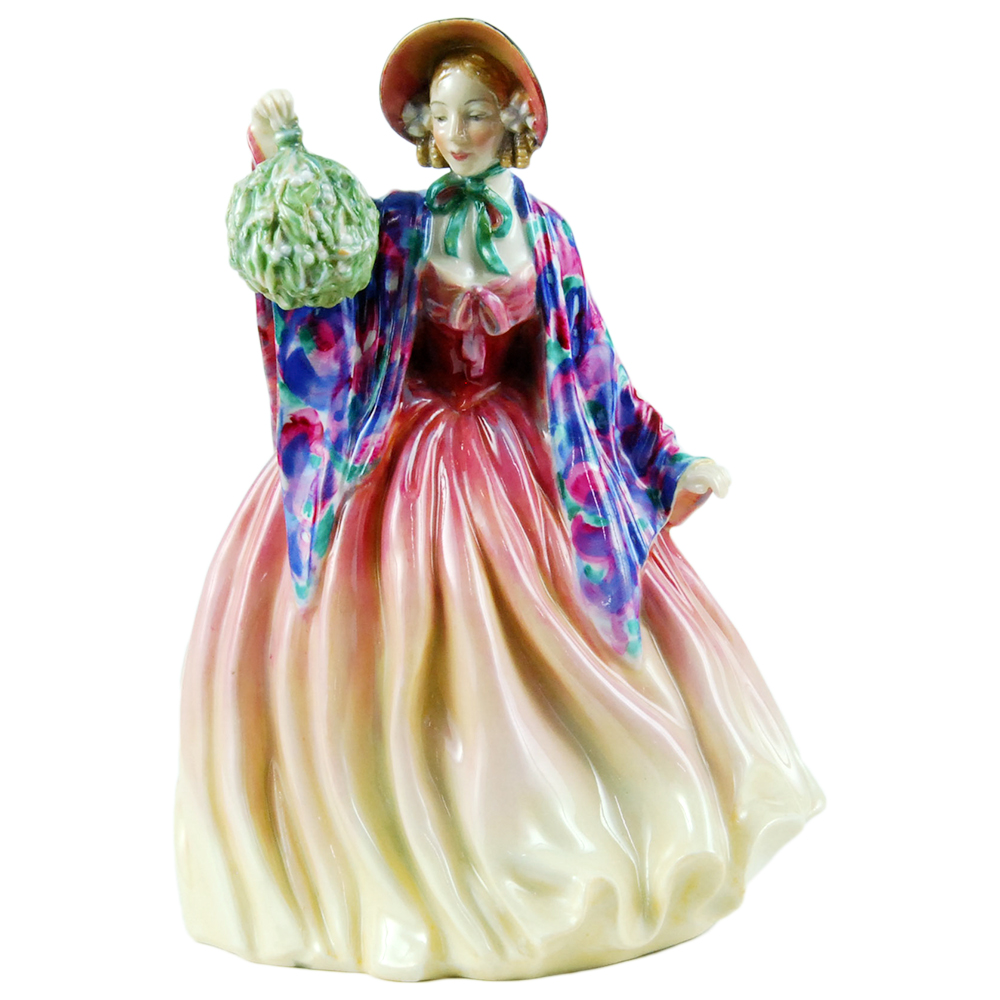
Royal Doulton Lady Charmian Prototype by L. Harradine
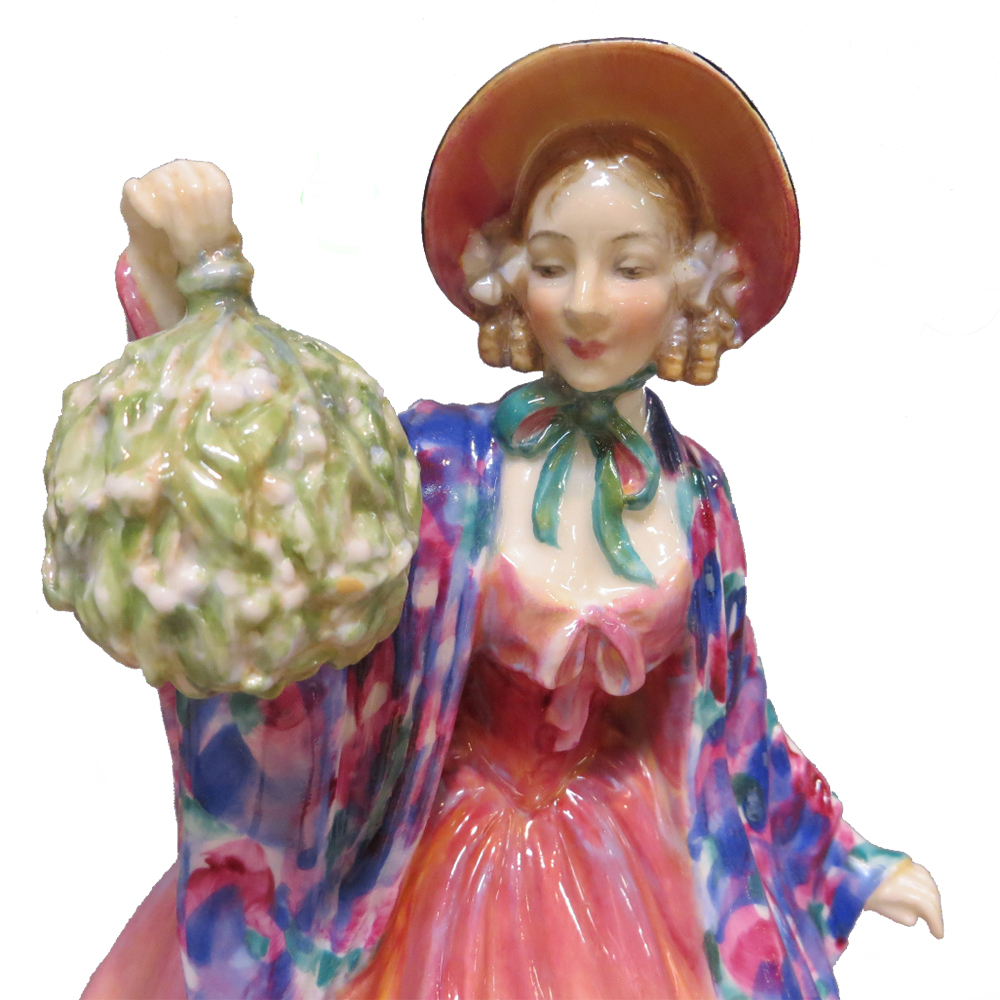
Lady Charmian detail
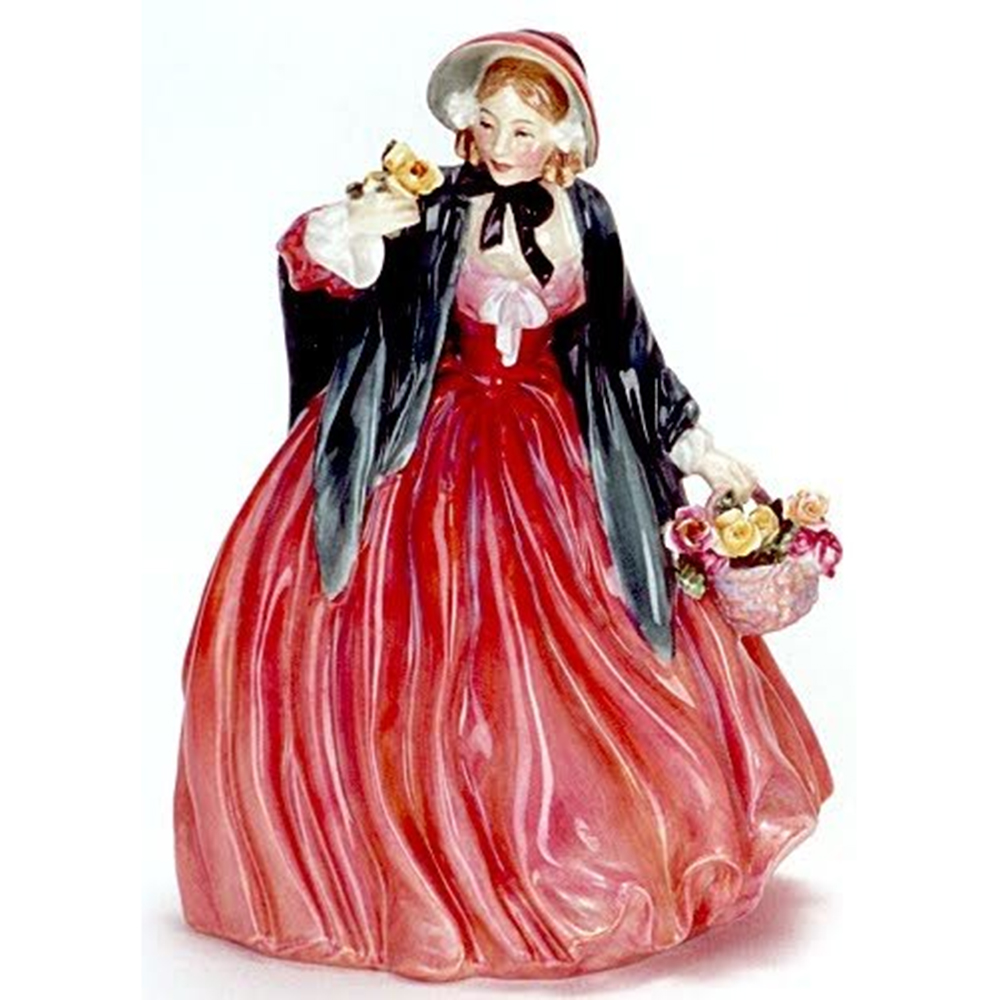
Royal Doulton Lady Charmian by L. Harradine
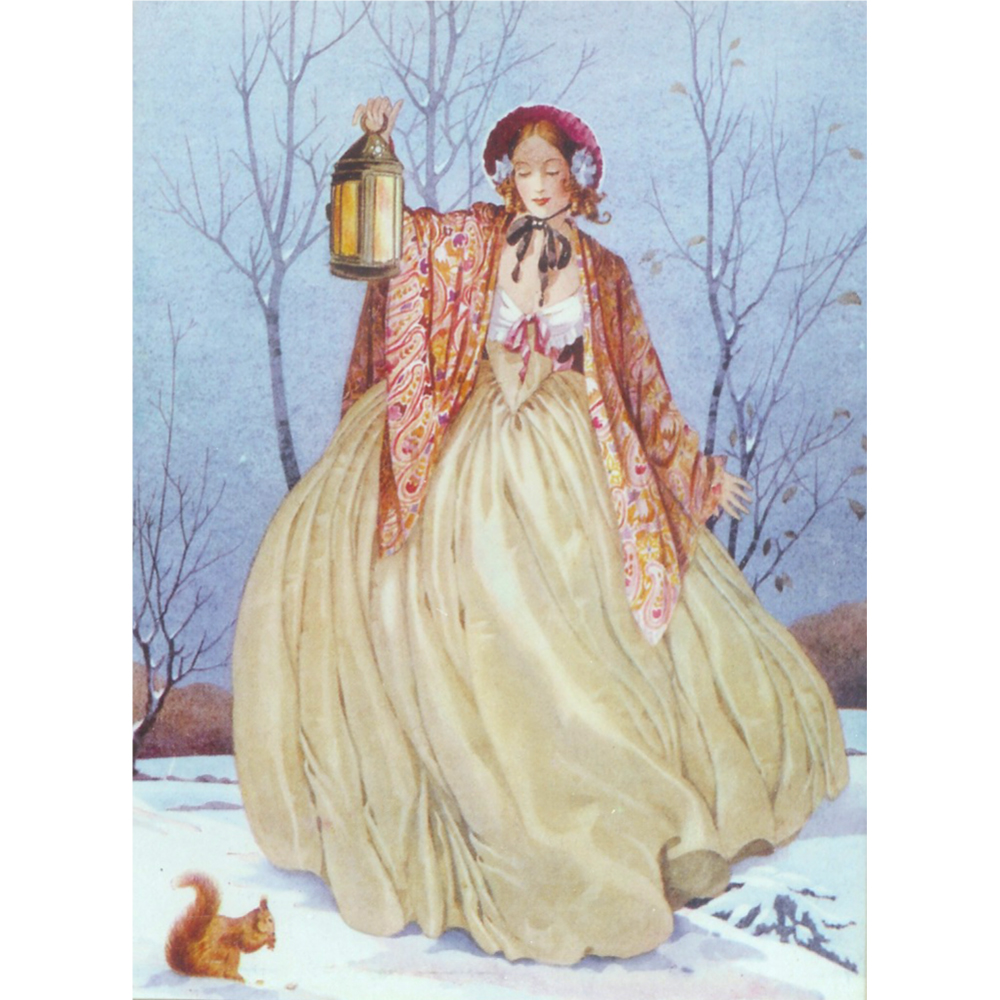
The Unexpected Meeting by S. Longley
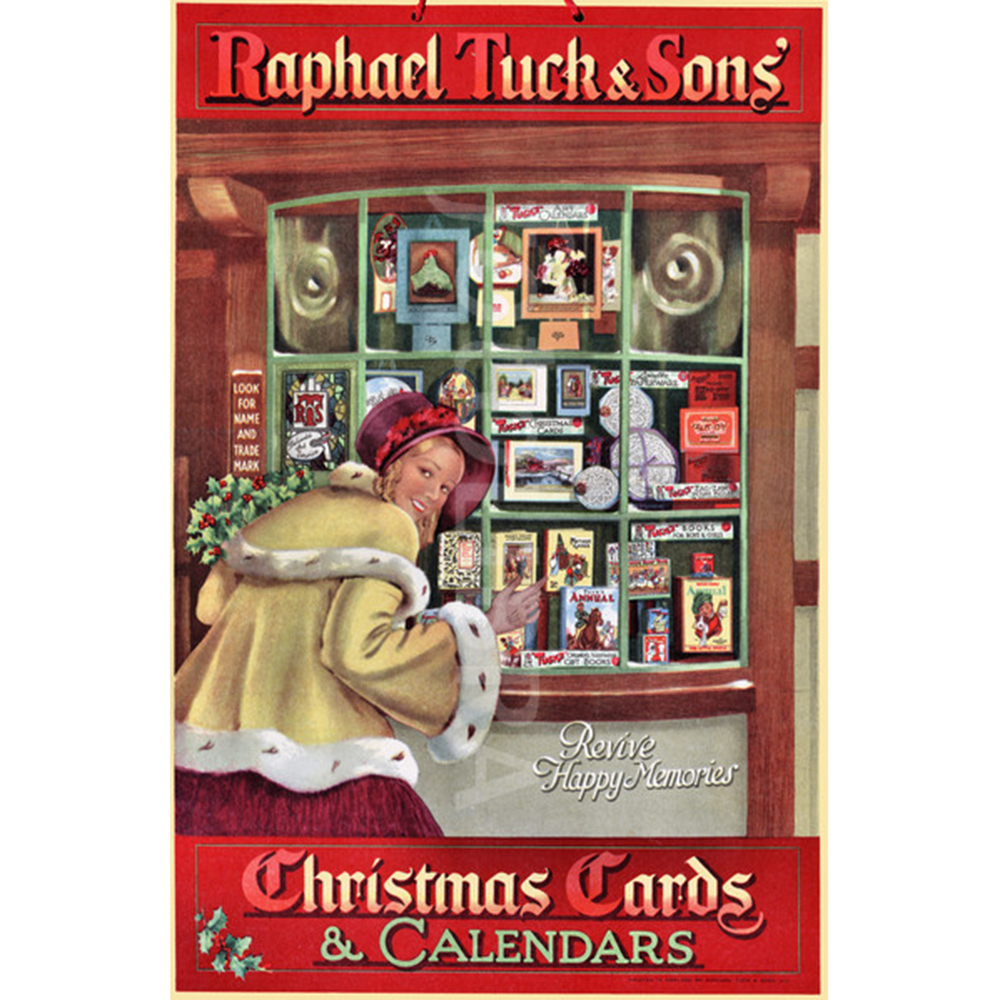
Tuck's Ad
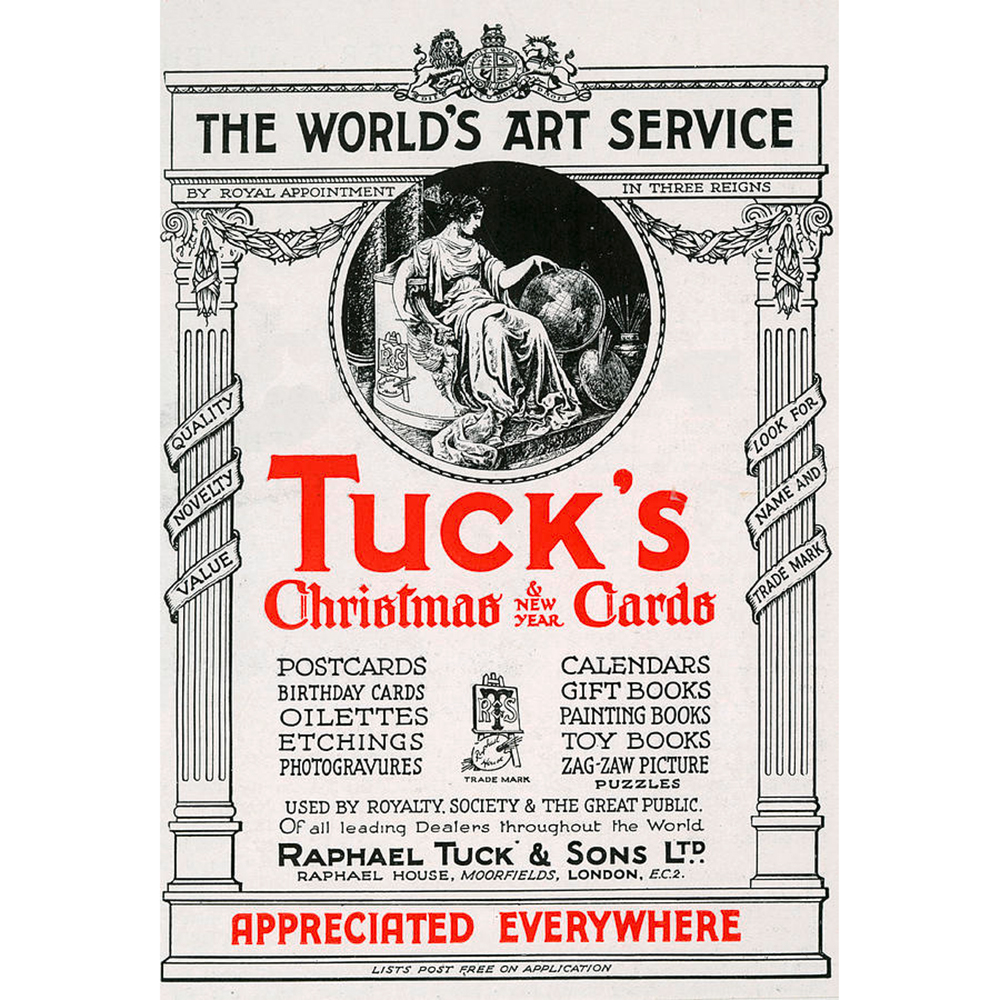
Tuck's Ad
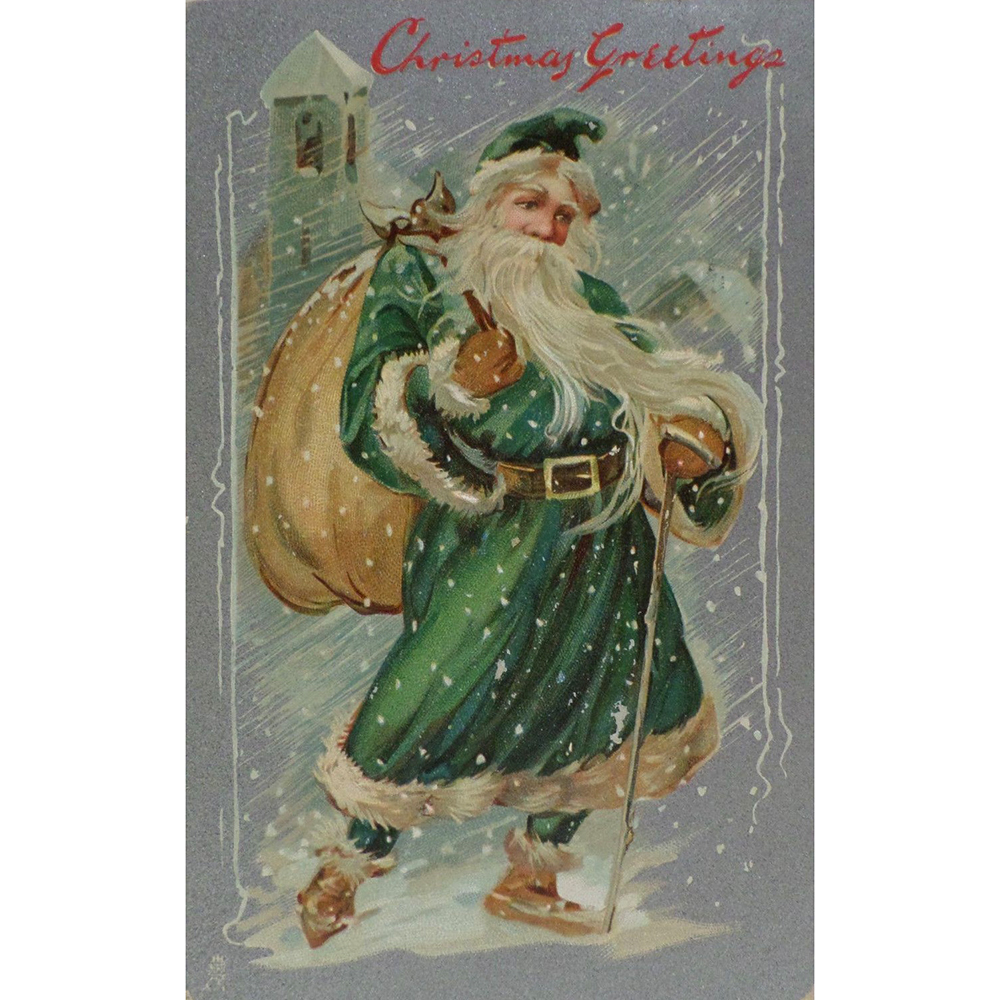
Raphael Tuck Christmas Card
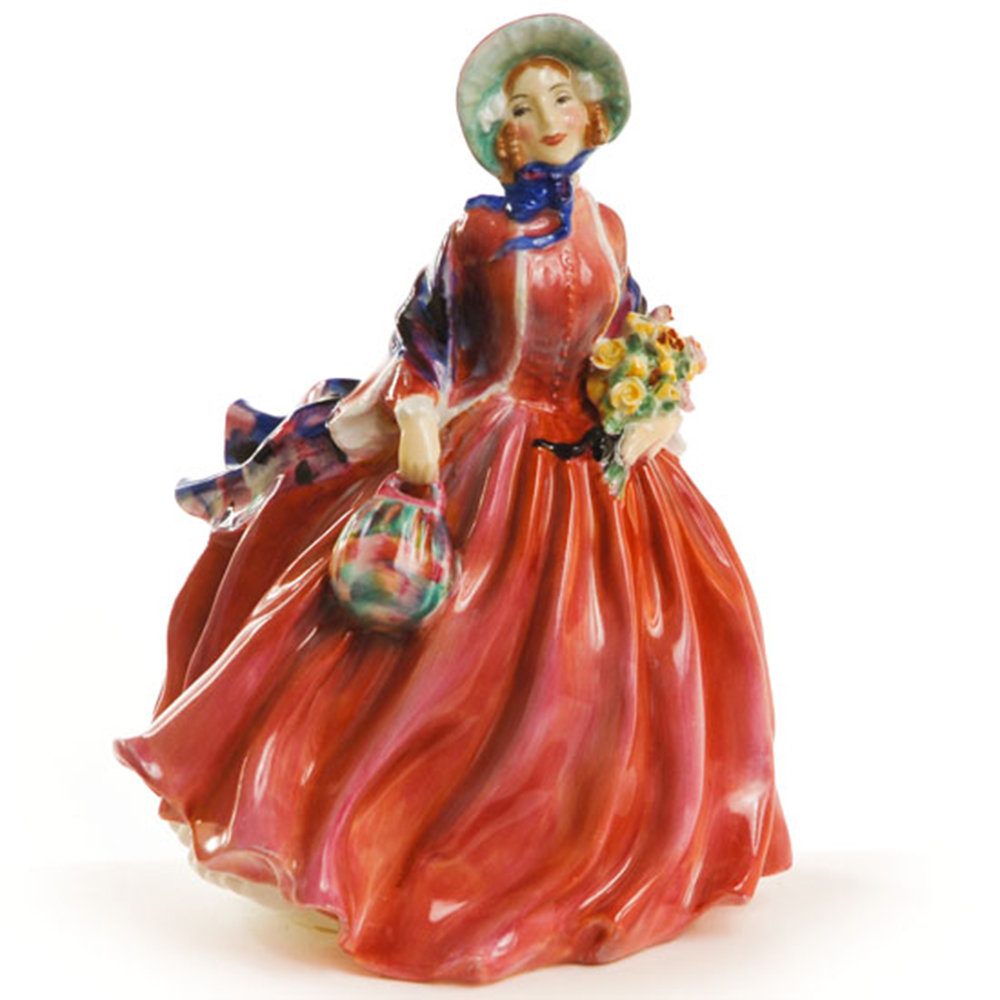
Royal Doulton Honey by L. Harradine
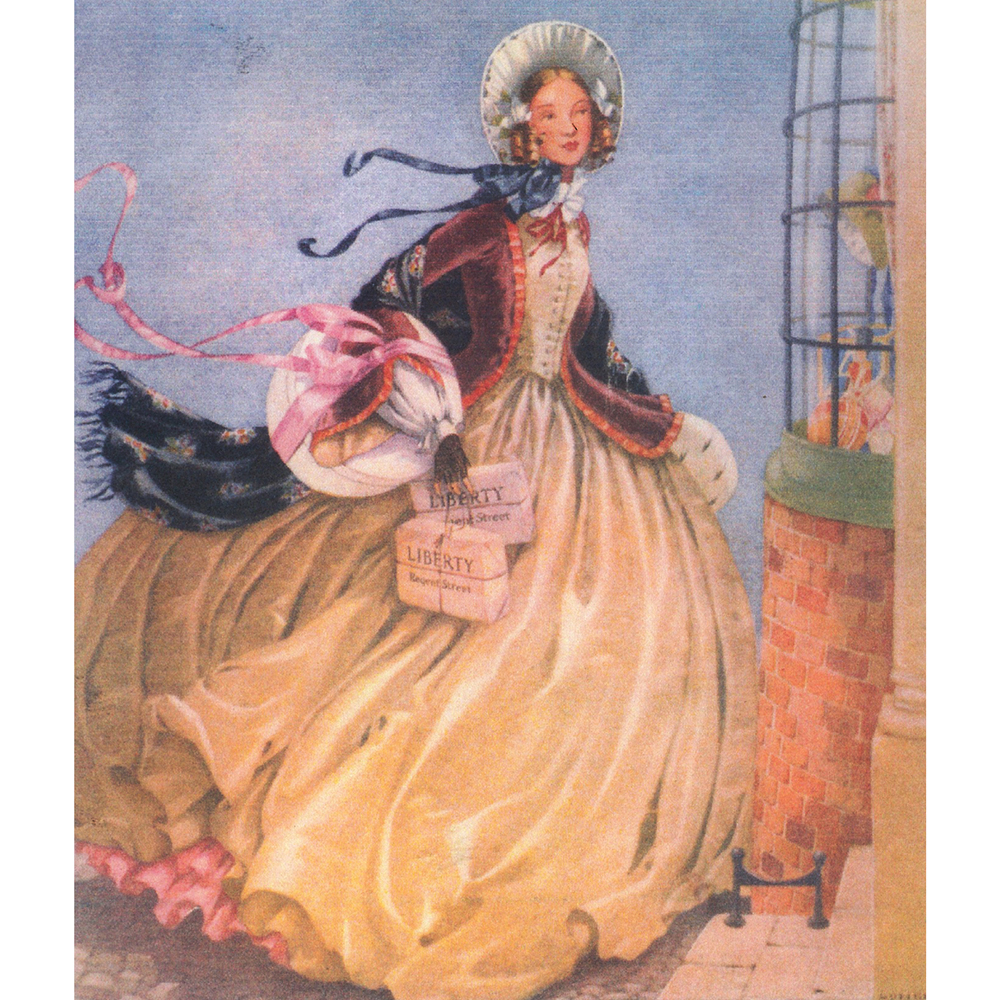
Liberty Ad by S. Longley
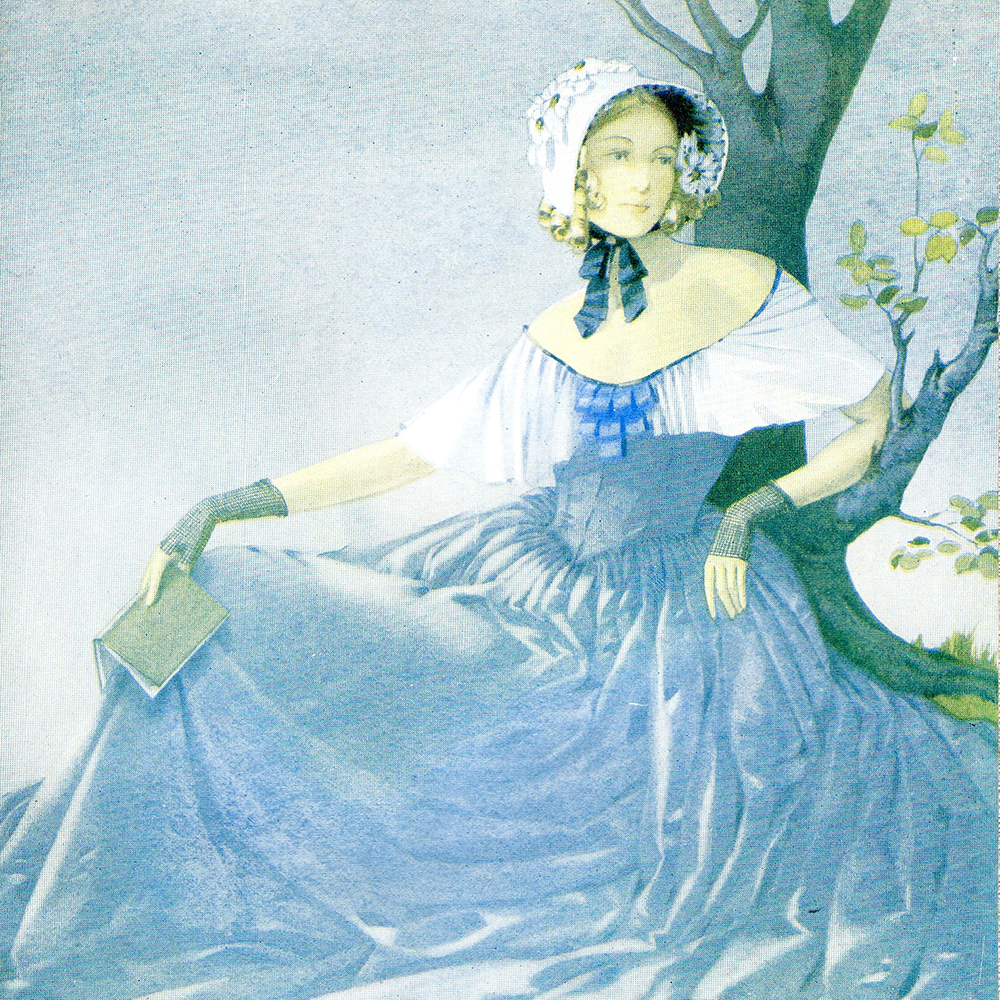
Memories Royal Christmas Card by S. Longley
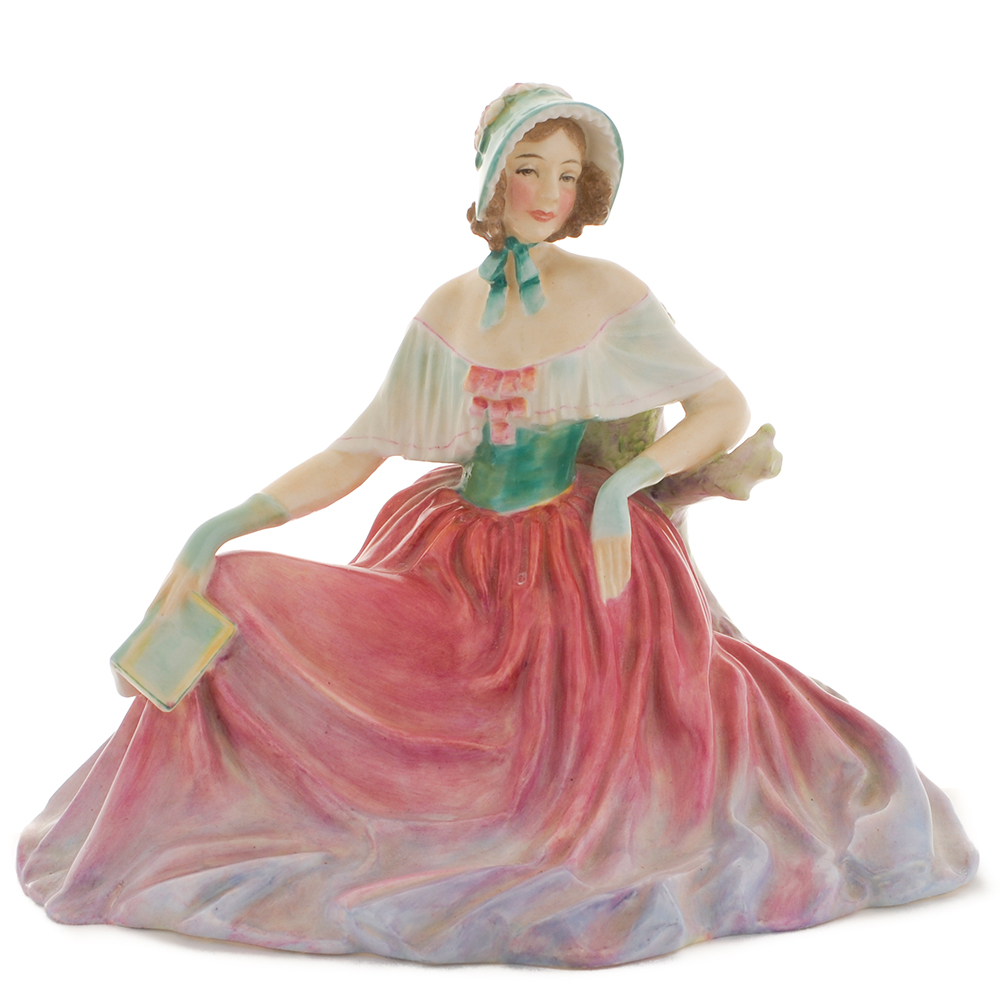
Royal Doulton Memories by L. Harradine
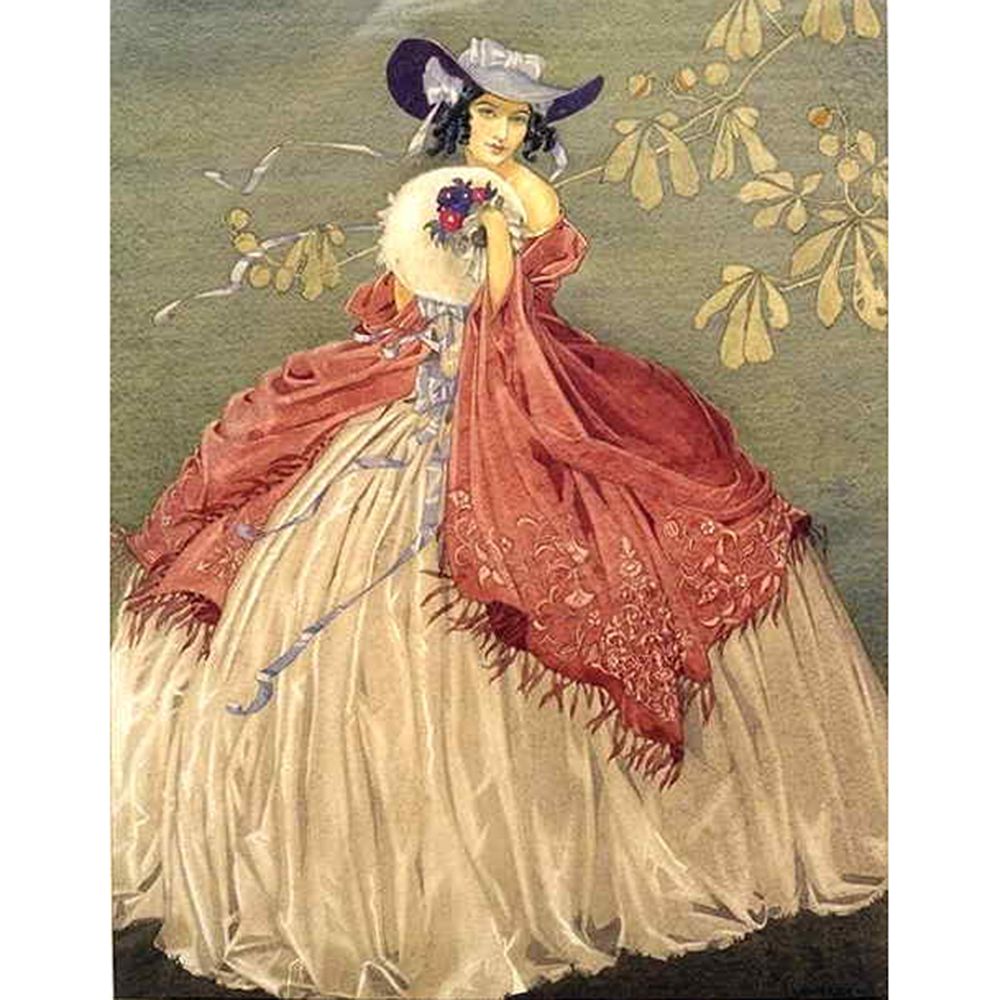
A Lady of Fashion by S. Longley
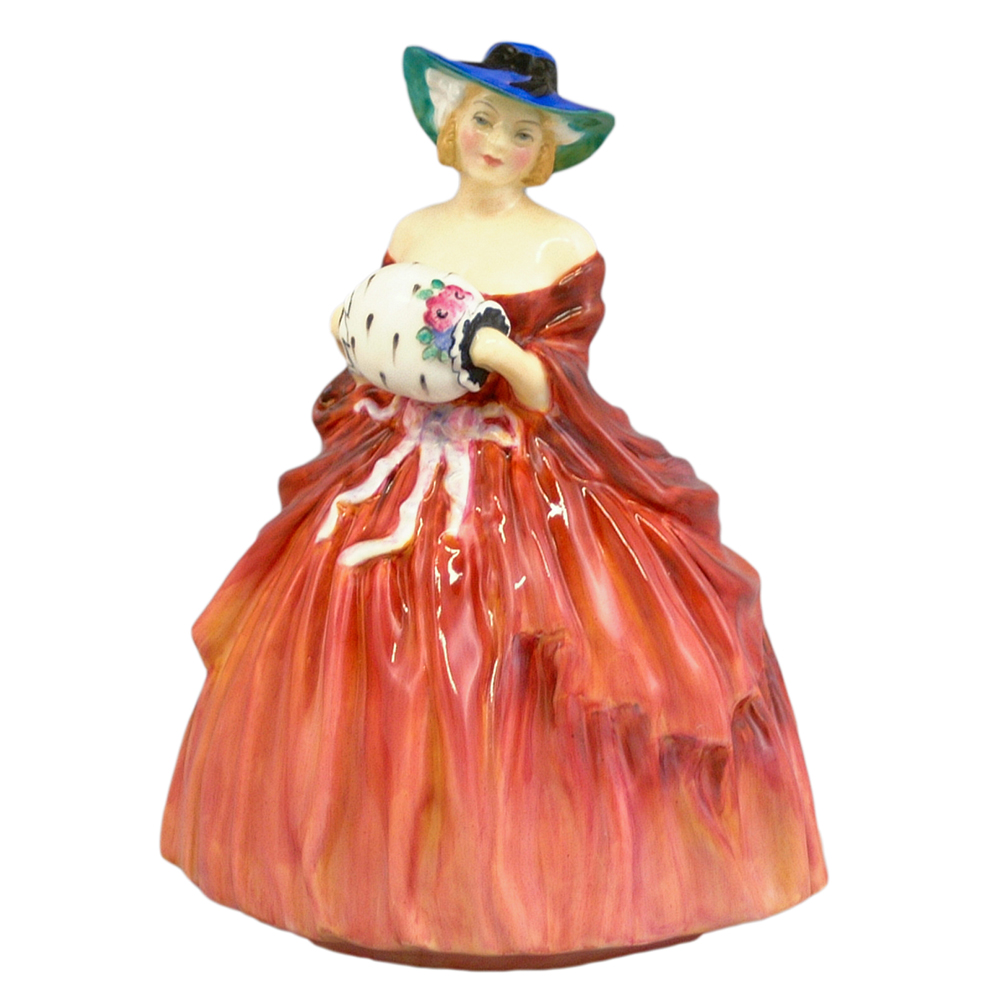
Royal Doulton Genevieve by L. Harradine
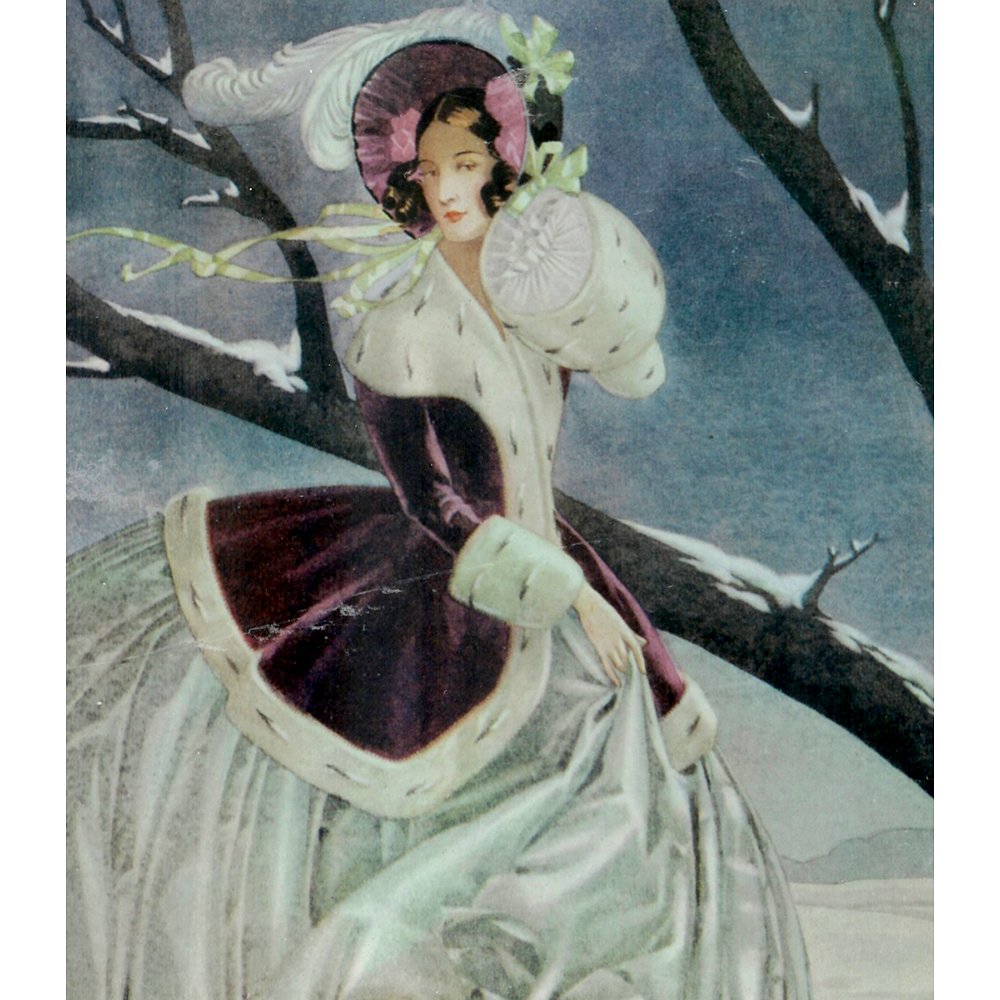
Christmas Morn by S. Longley
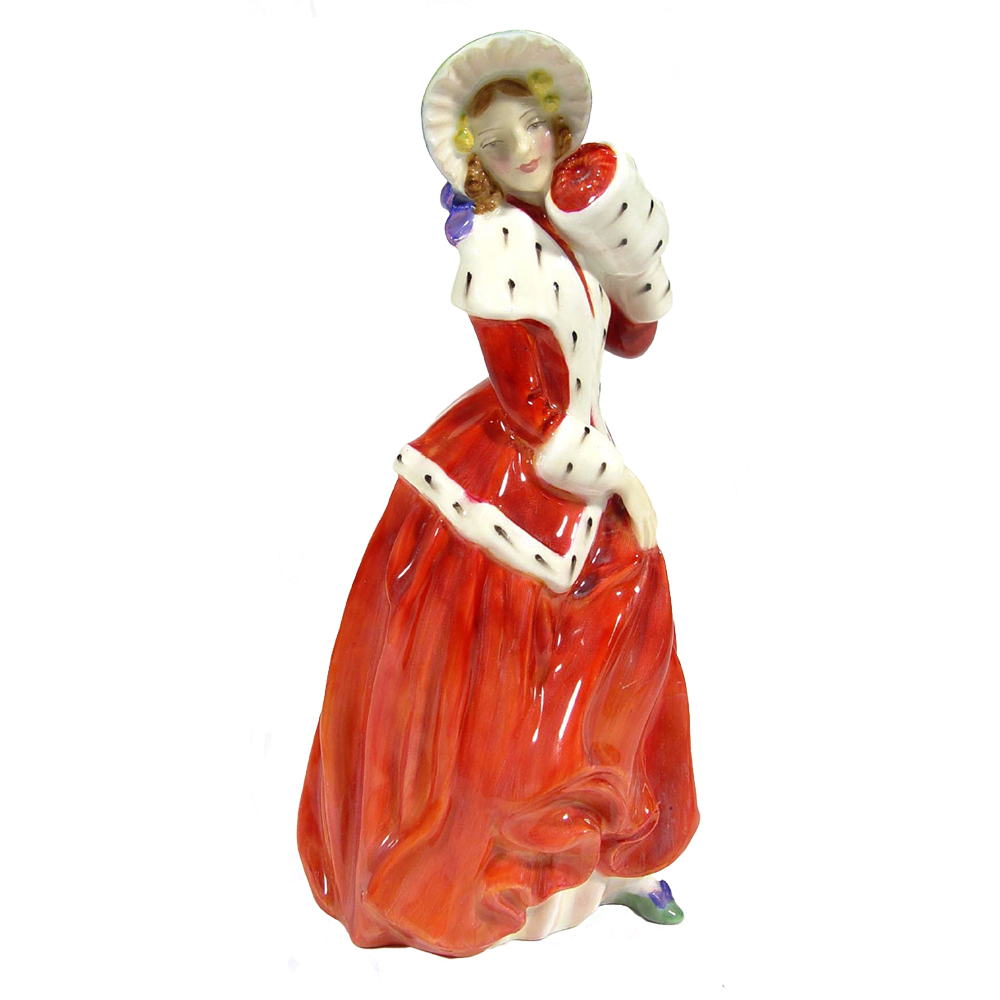
Royal Doulton Christmas Morn by L. Harradine
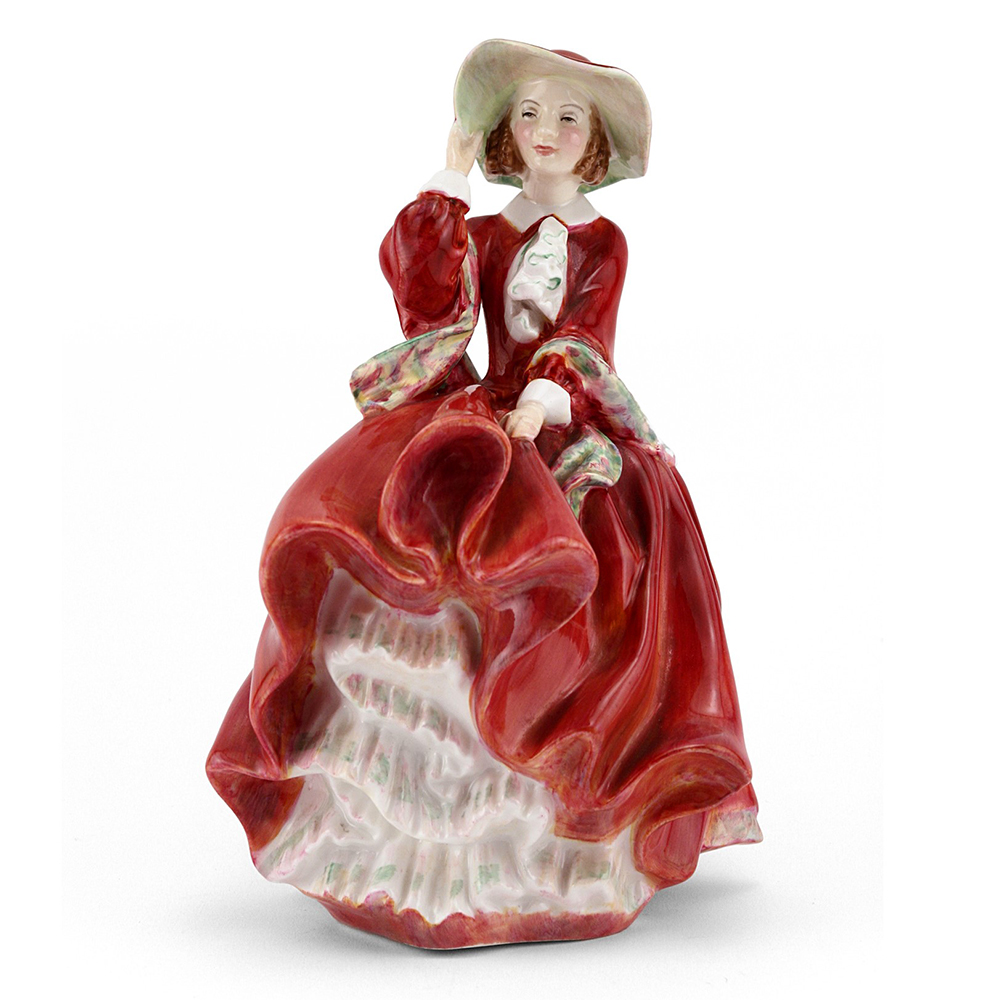
Royal Doulton Top o'the Hill by L. Harradine
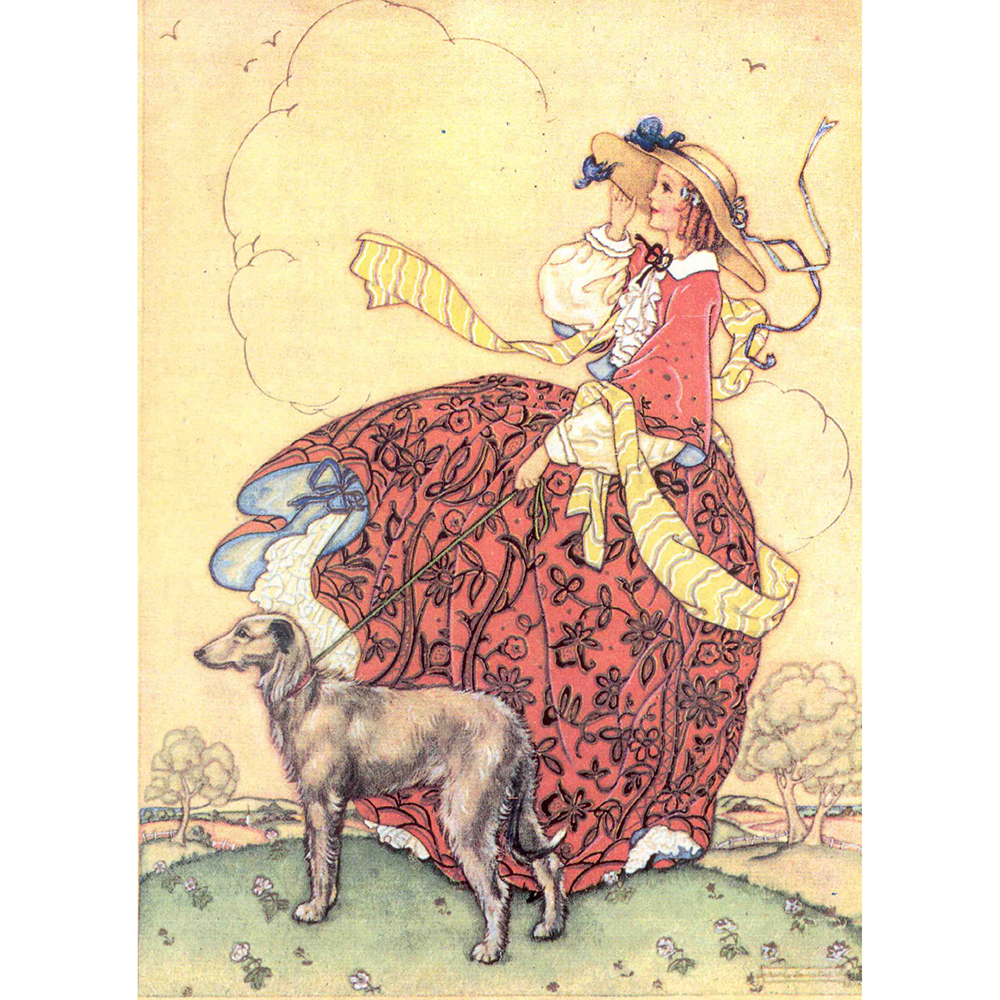
The Top of the Hill by M. Benatar
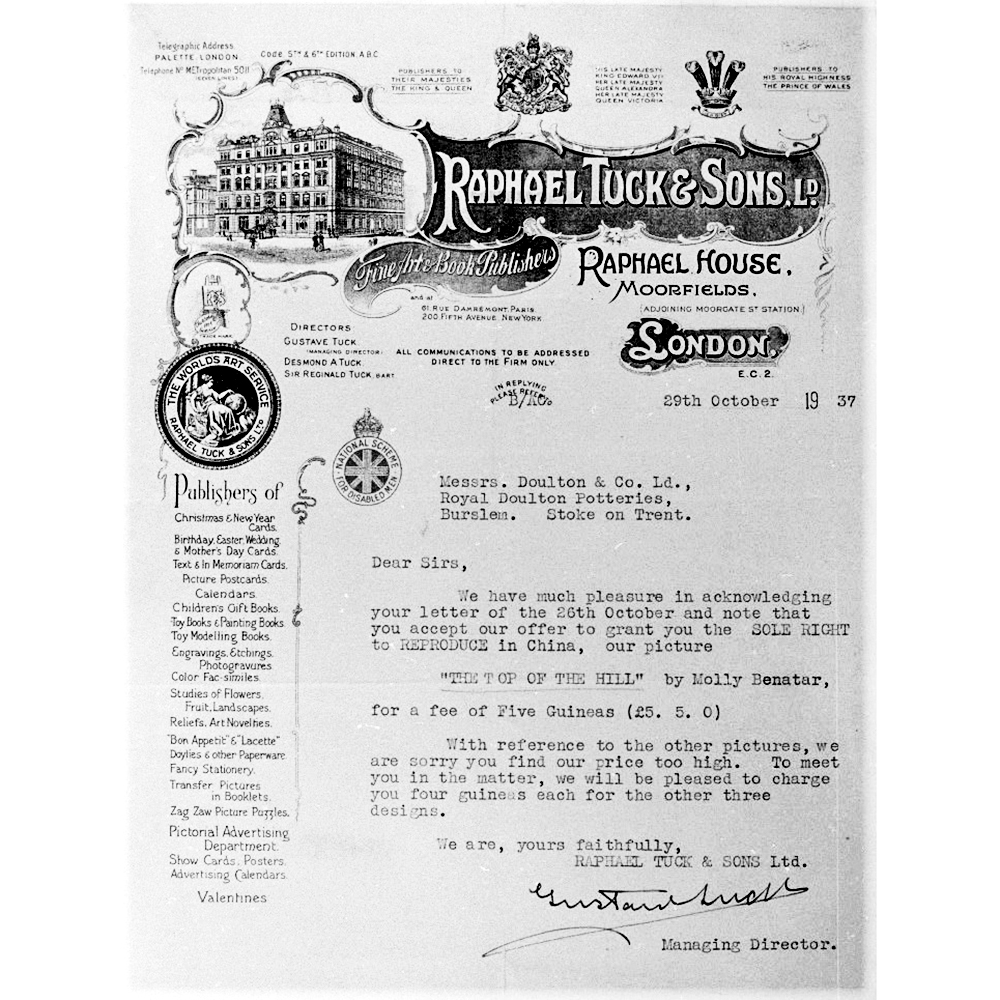
The Top of the Hill Letter
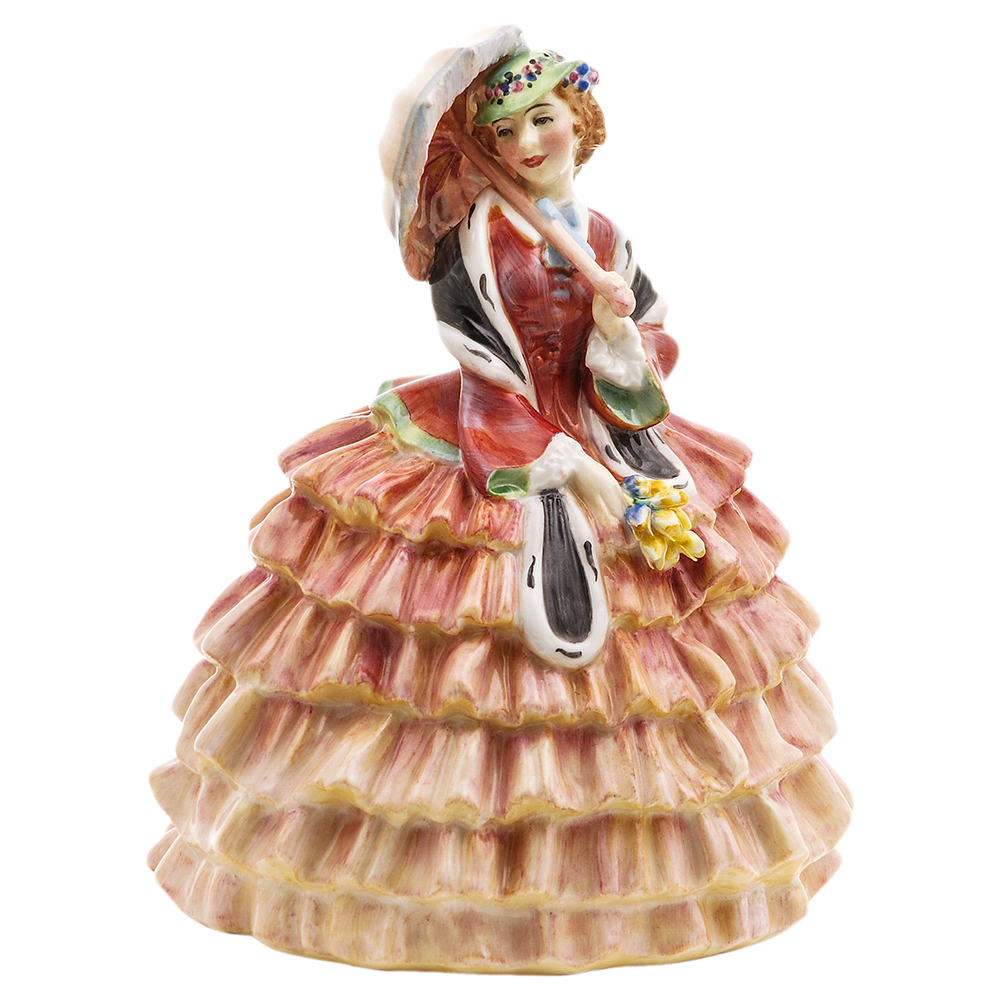
Royal Doulton Toinette by L. Harradine
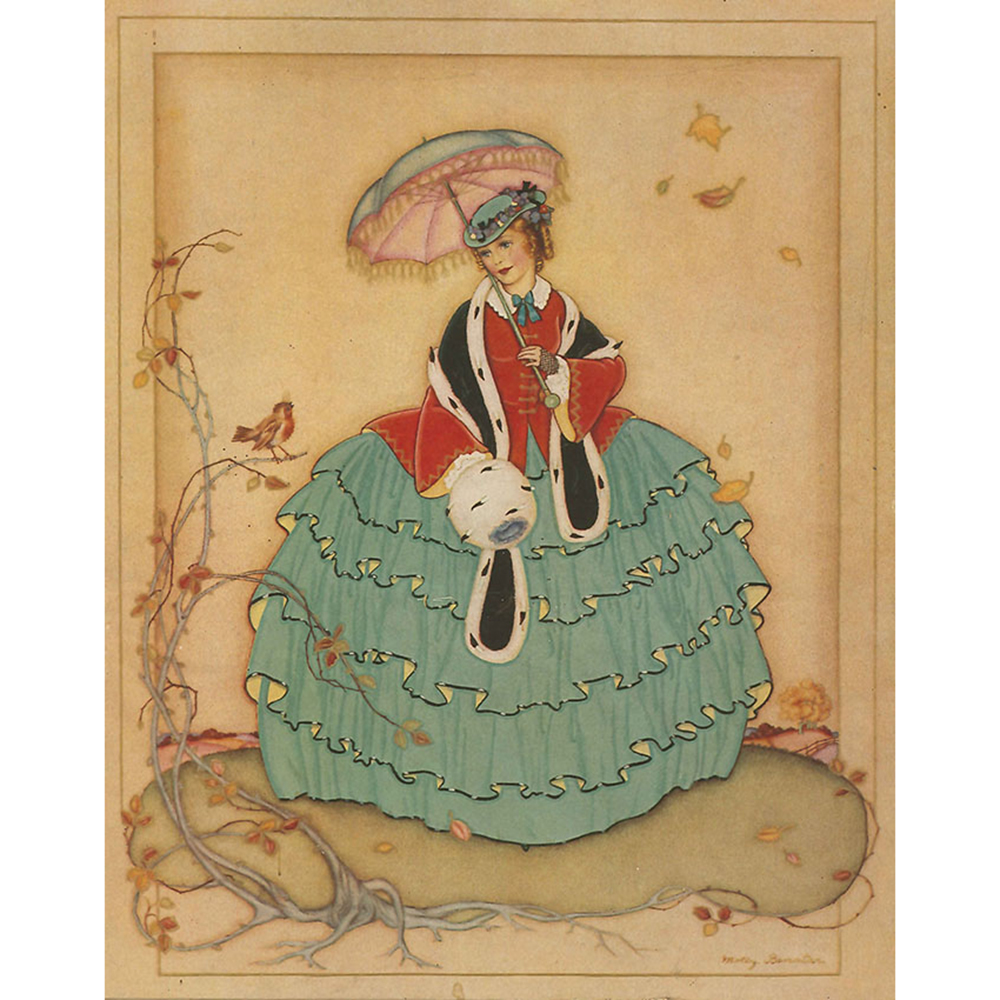
Robins Message by M. Benatar
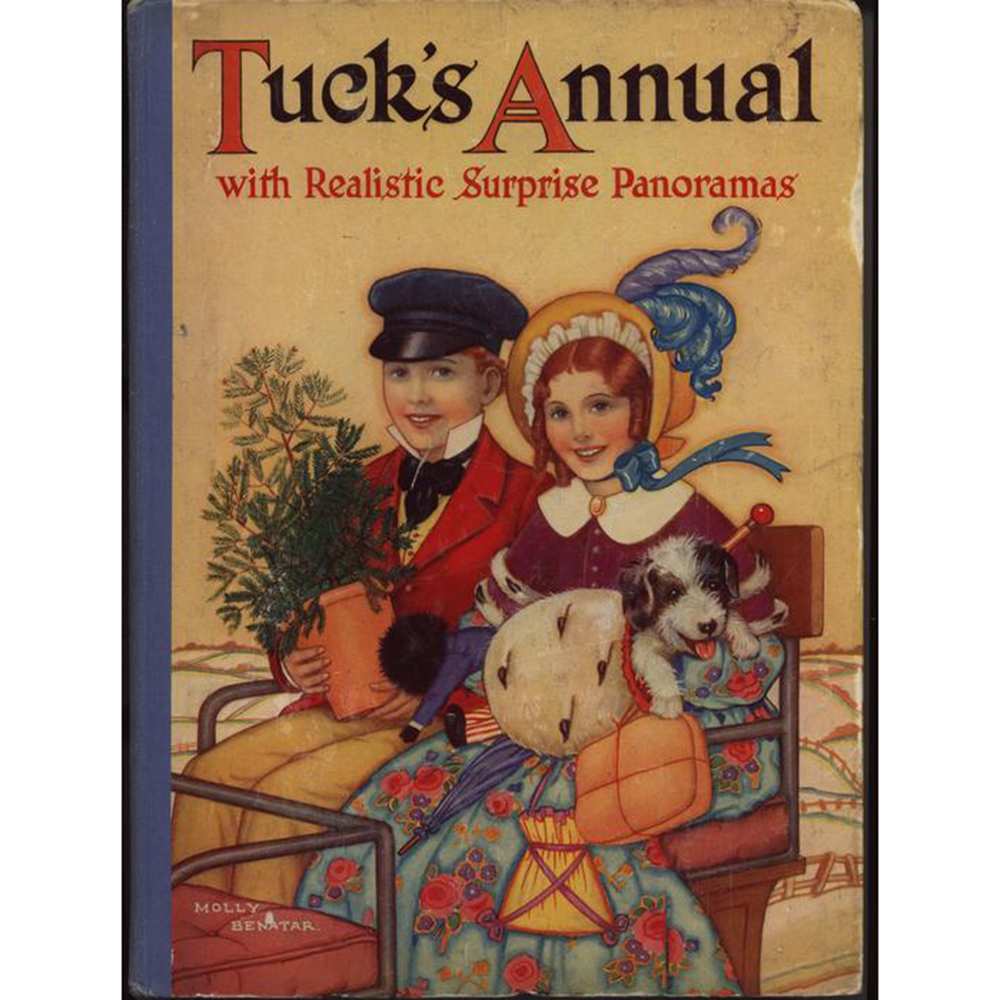
Tuck’s Annual by M. Benatar
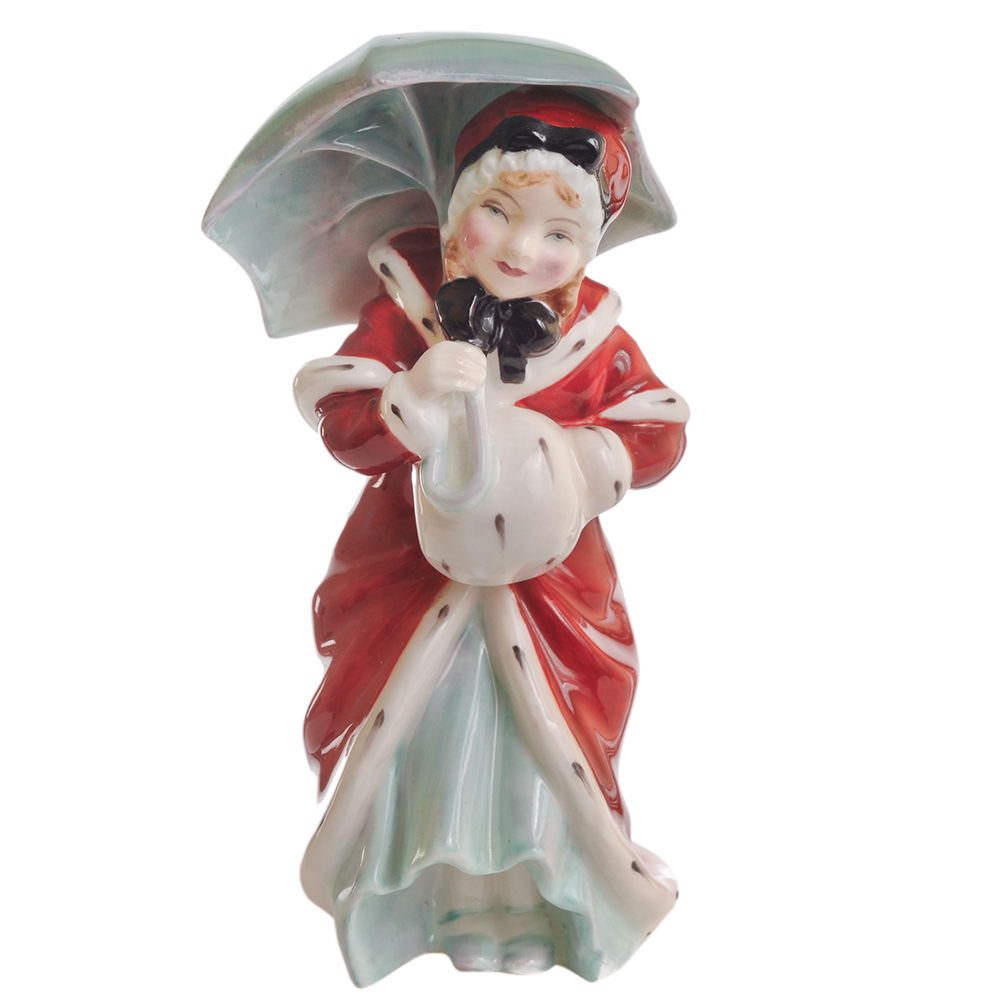
Royal Doulton Miss Muffet by L. Harradine
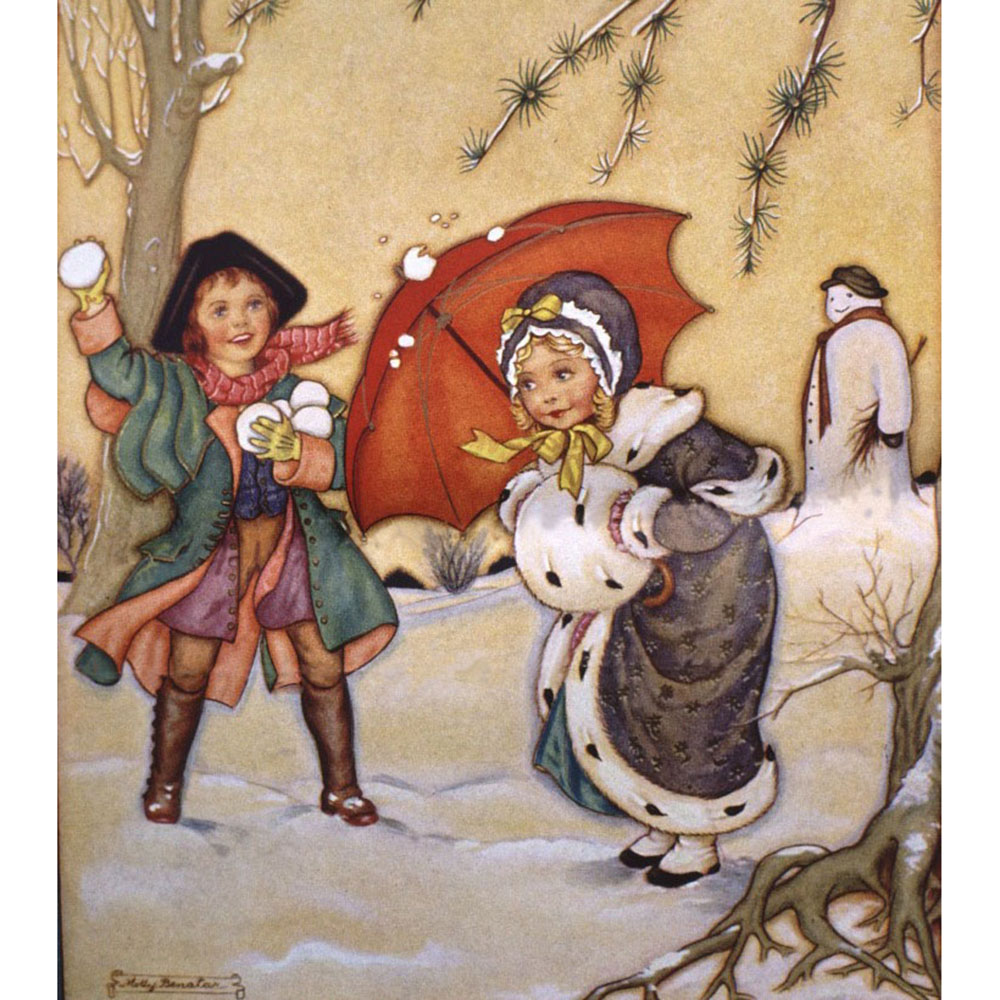
Miss Muffet by M. Benatar
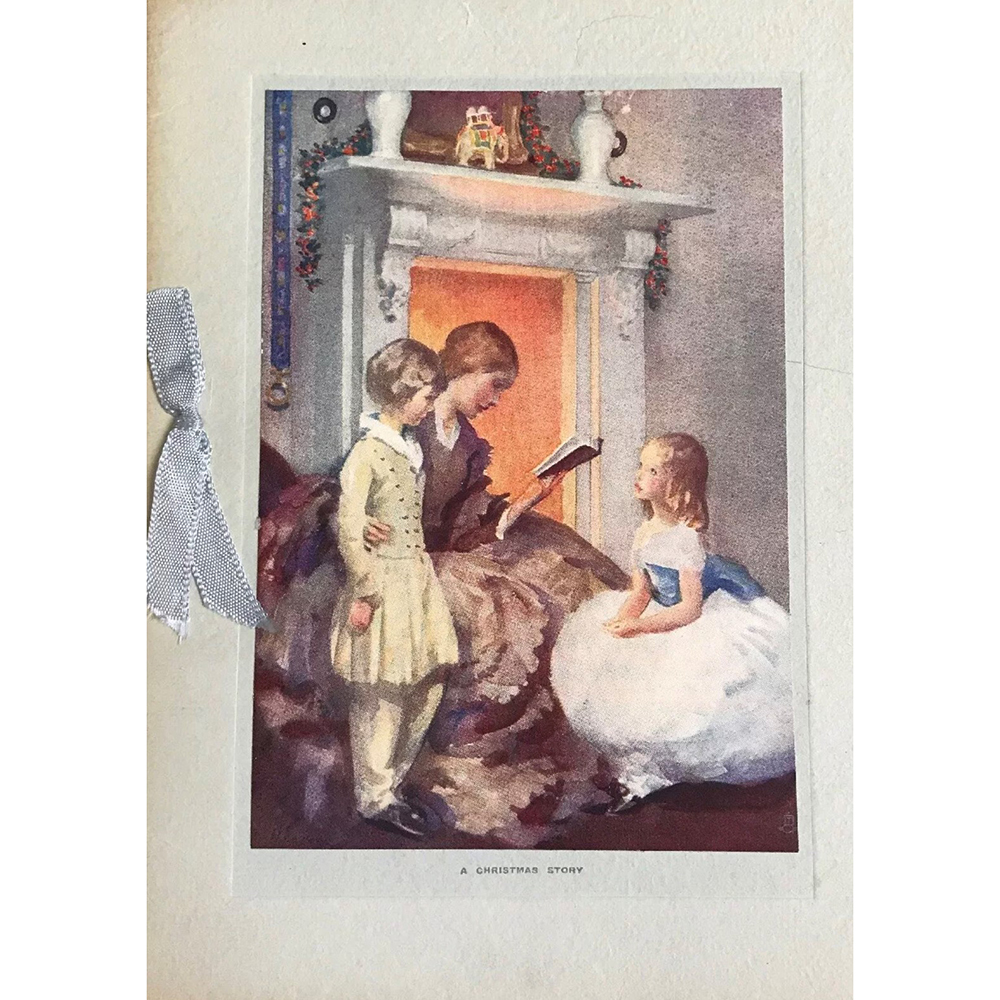
A Christmas Story by W. Webster
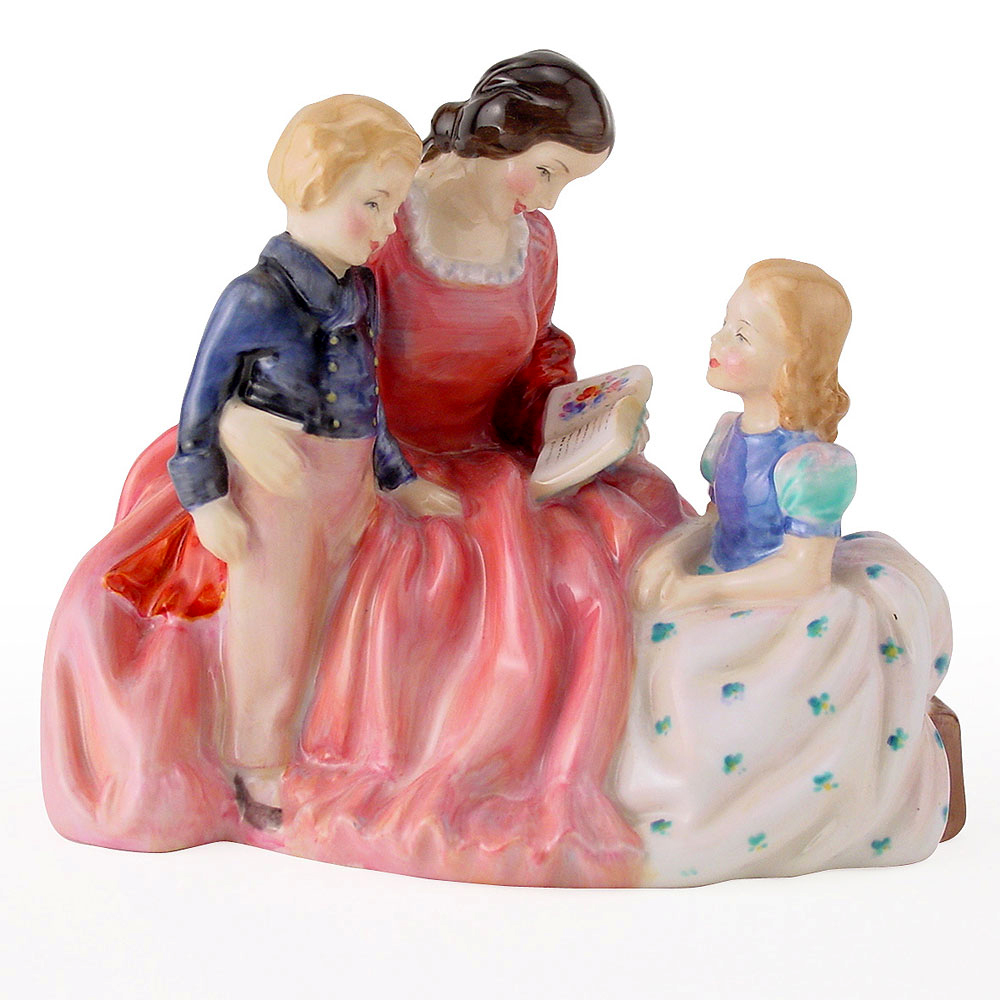
Royal Doulton Bedtime Story by L. Harradine
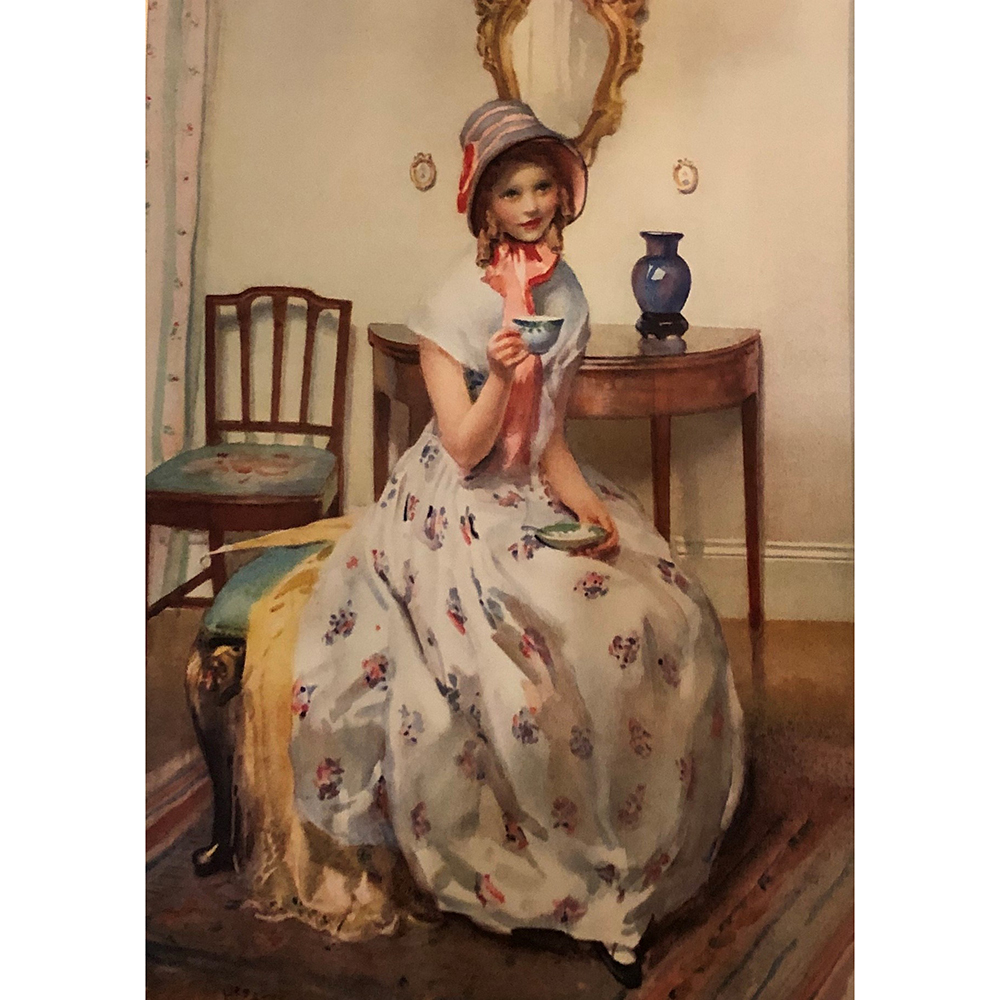
Four o’Clock by W. E. Webster
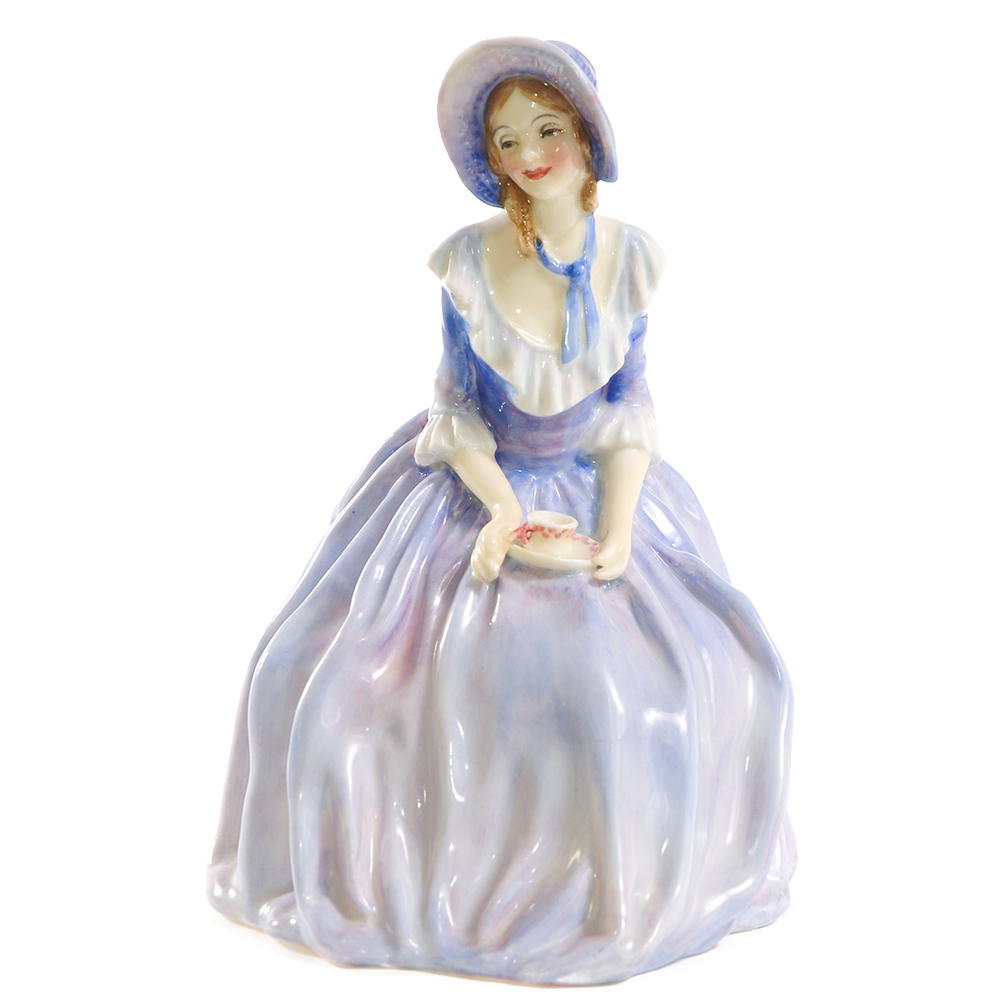
Royal Doulton Four o'Clock by L. Harradine
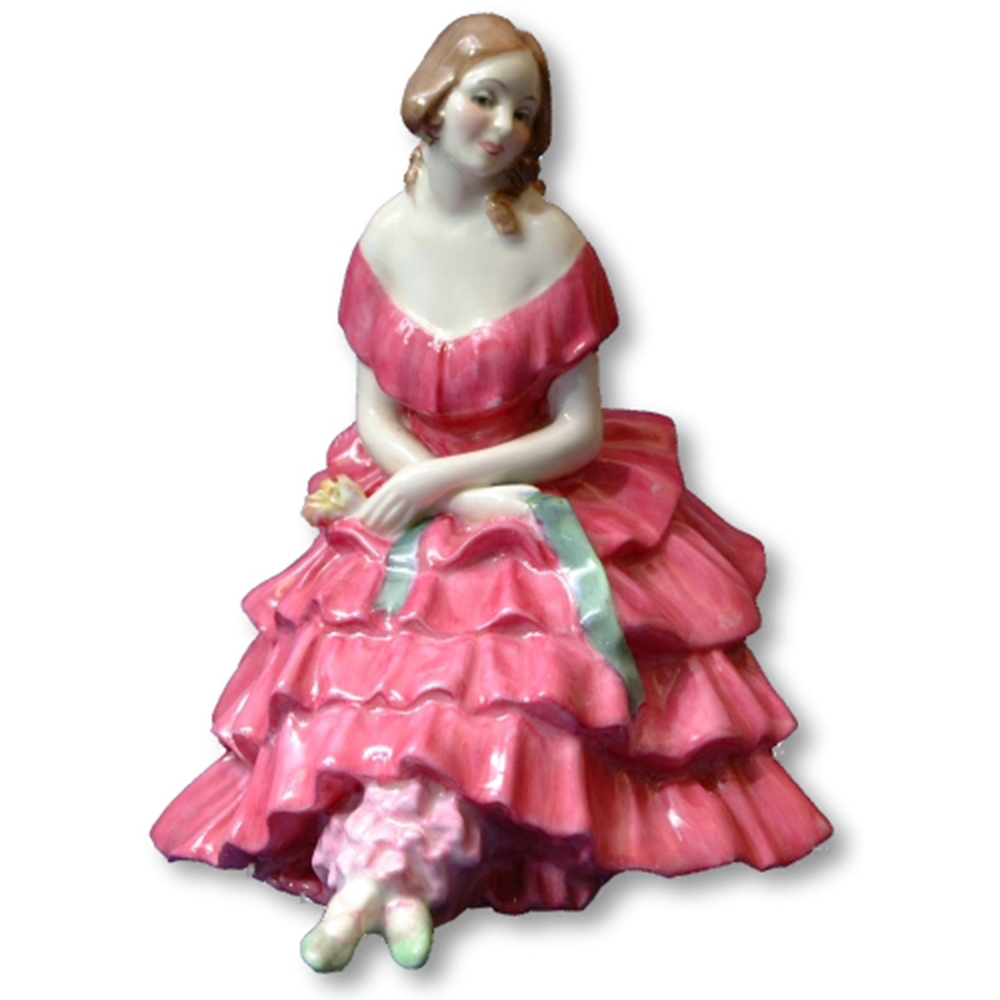
Royal Doulton Gwendolen by L. Harradine
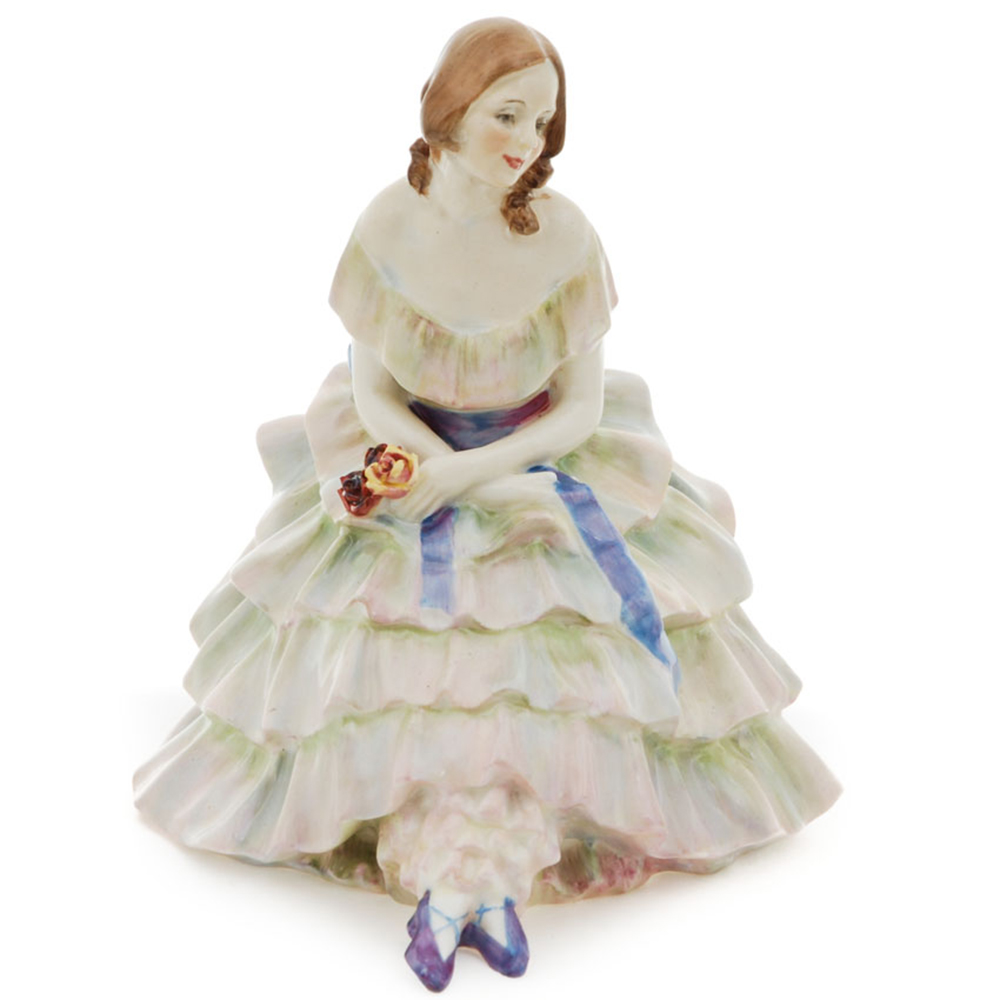
Royal Doulton Gwendolen by L. Harradine
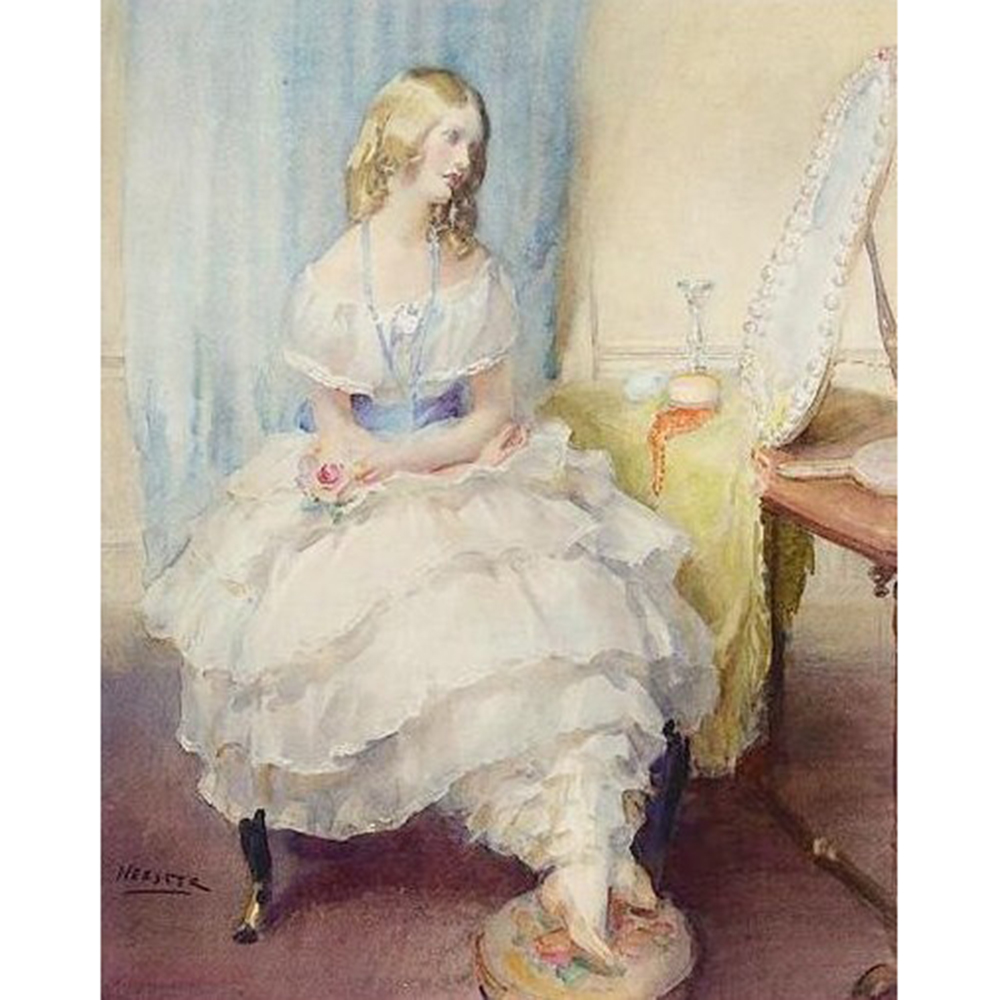
The Bouquet by W.E. Webster
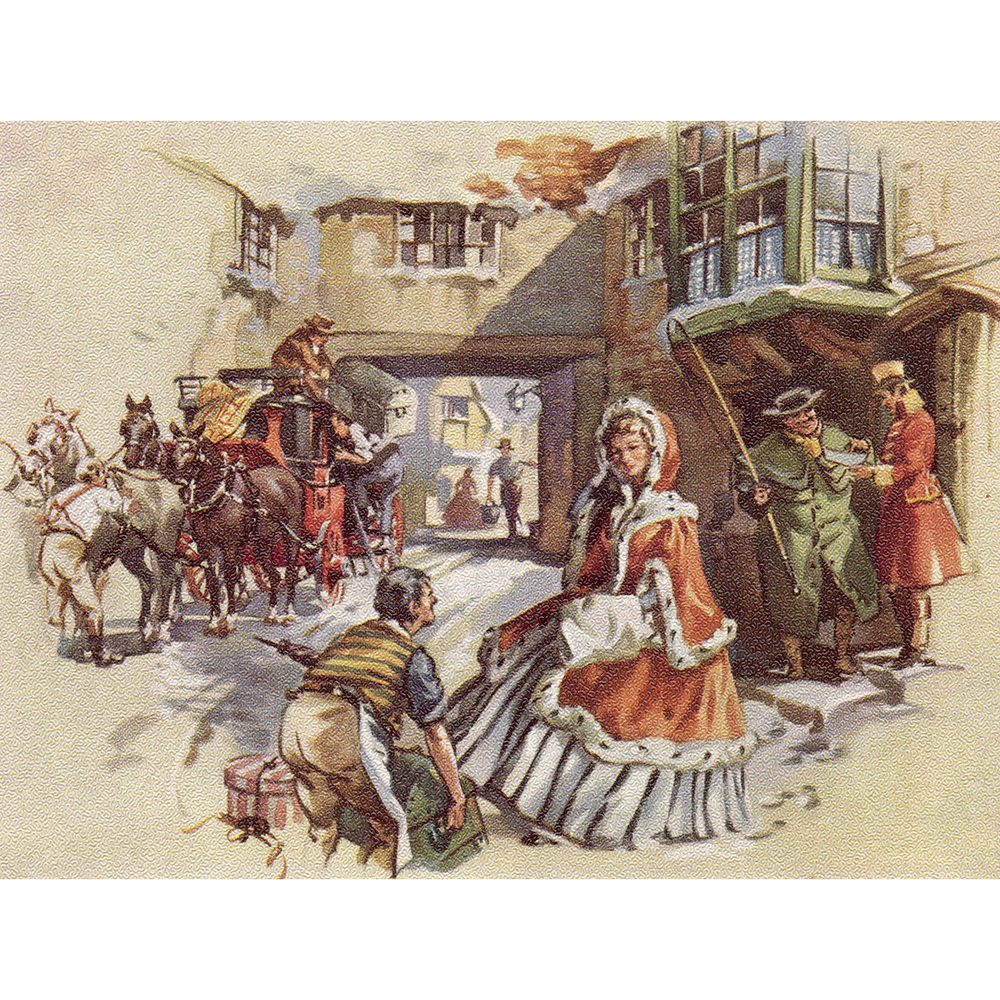
Noelle Christmas Card
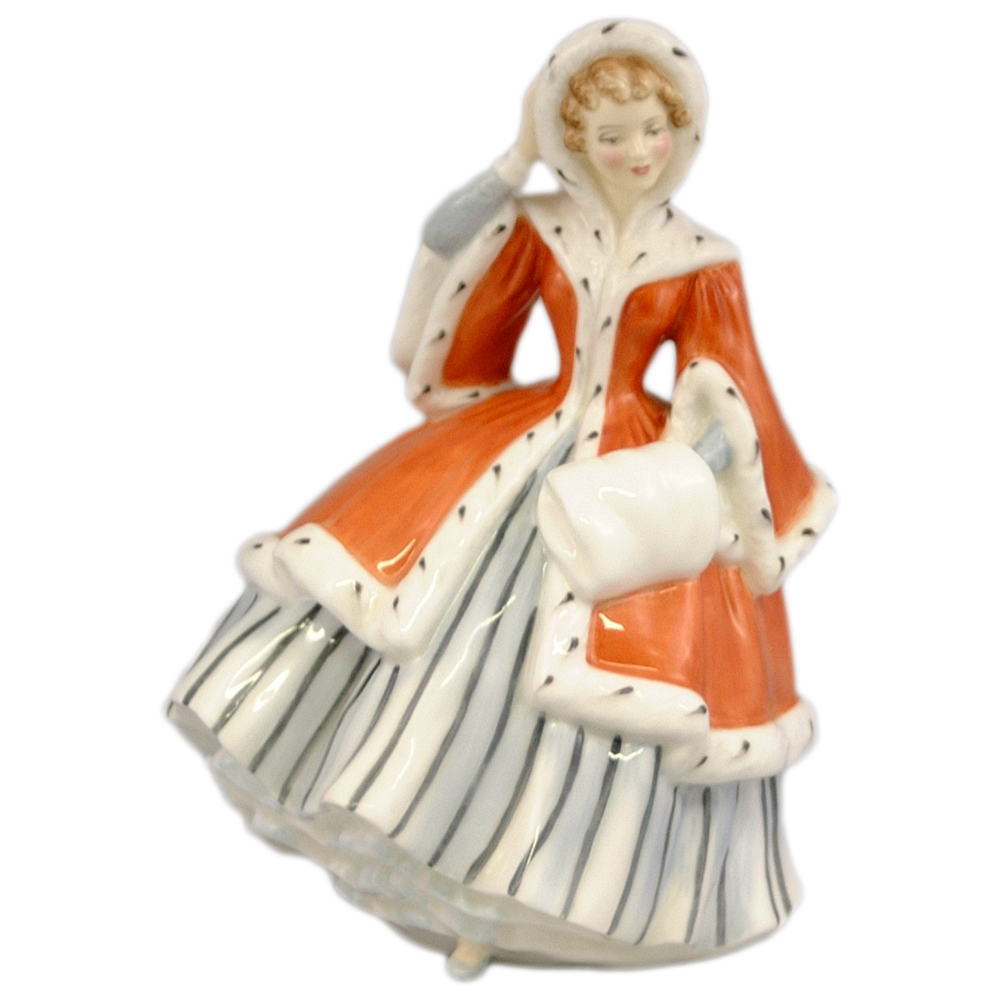
Royal Doulton Noelle by L. Harradine
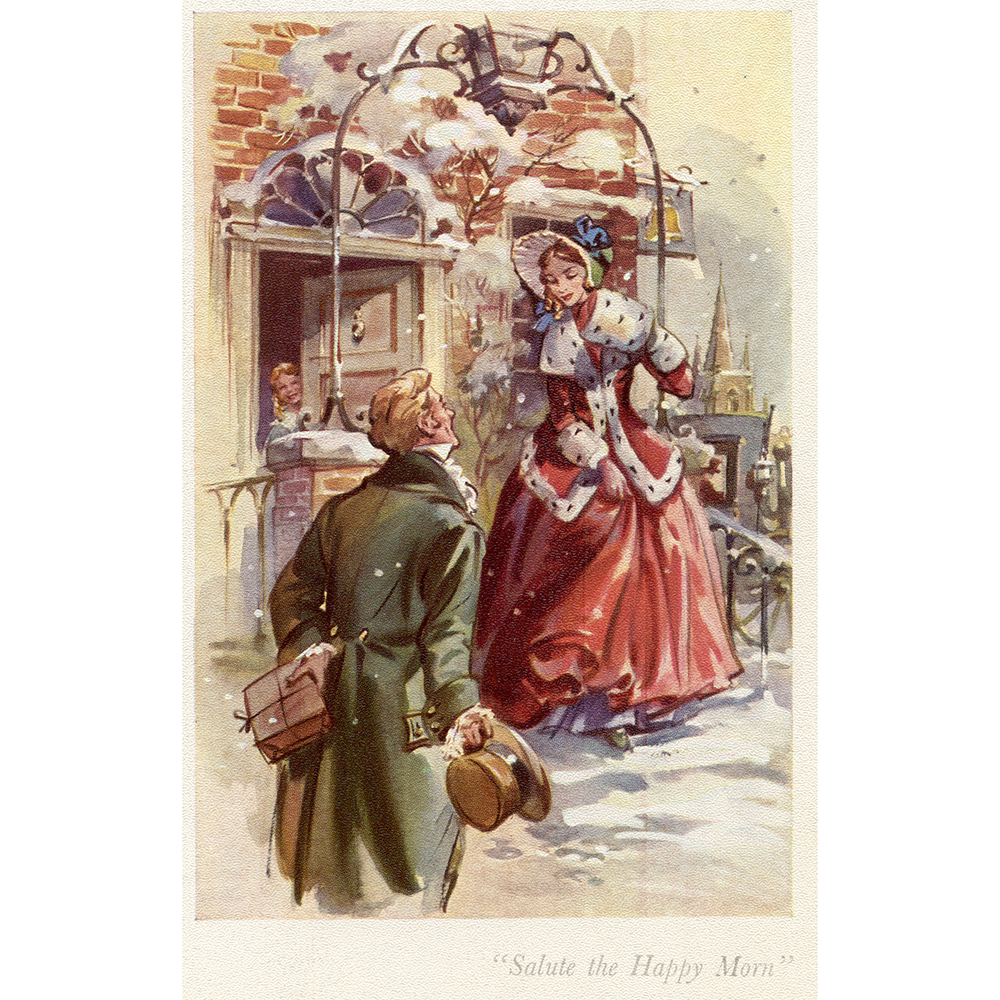
Christmas Morn Card
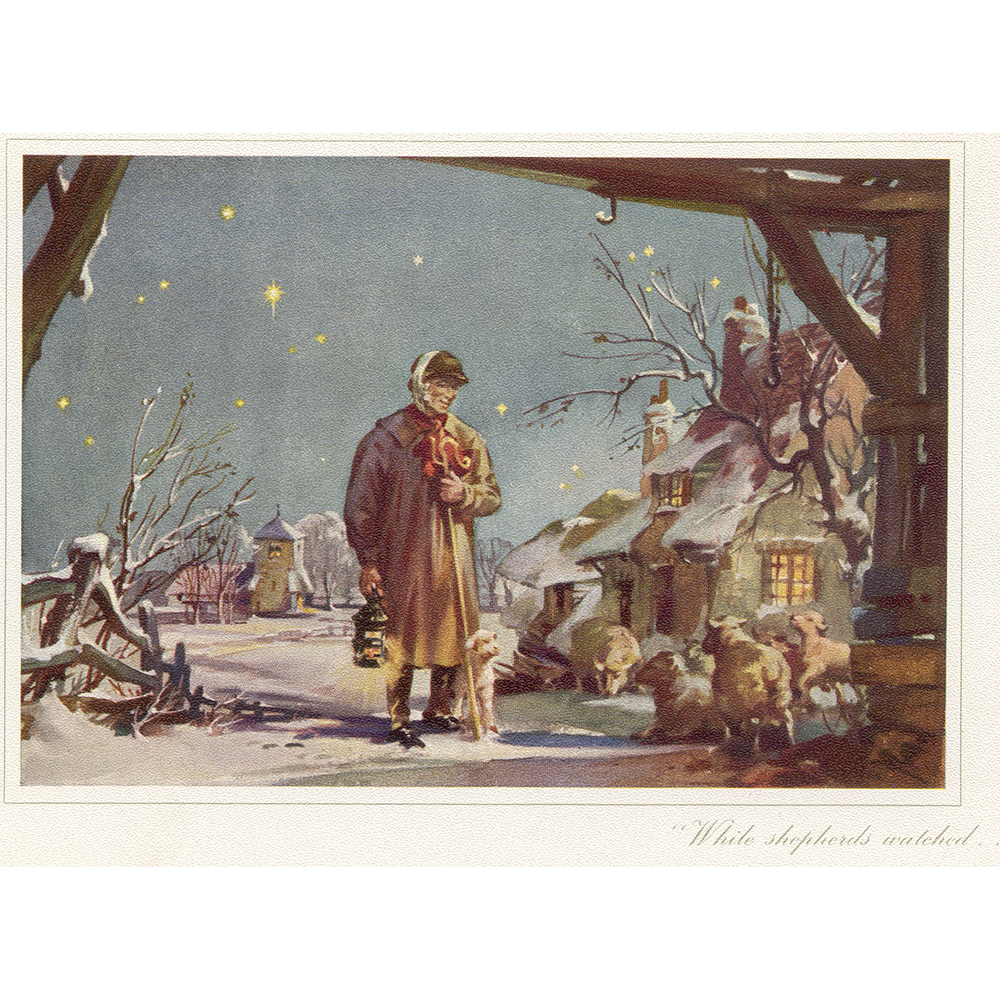
While Shepherds Watched Card
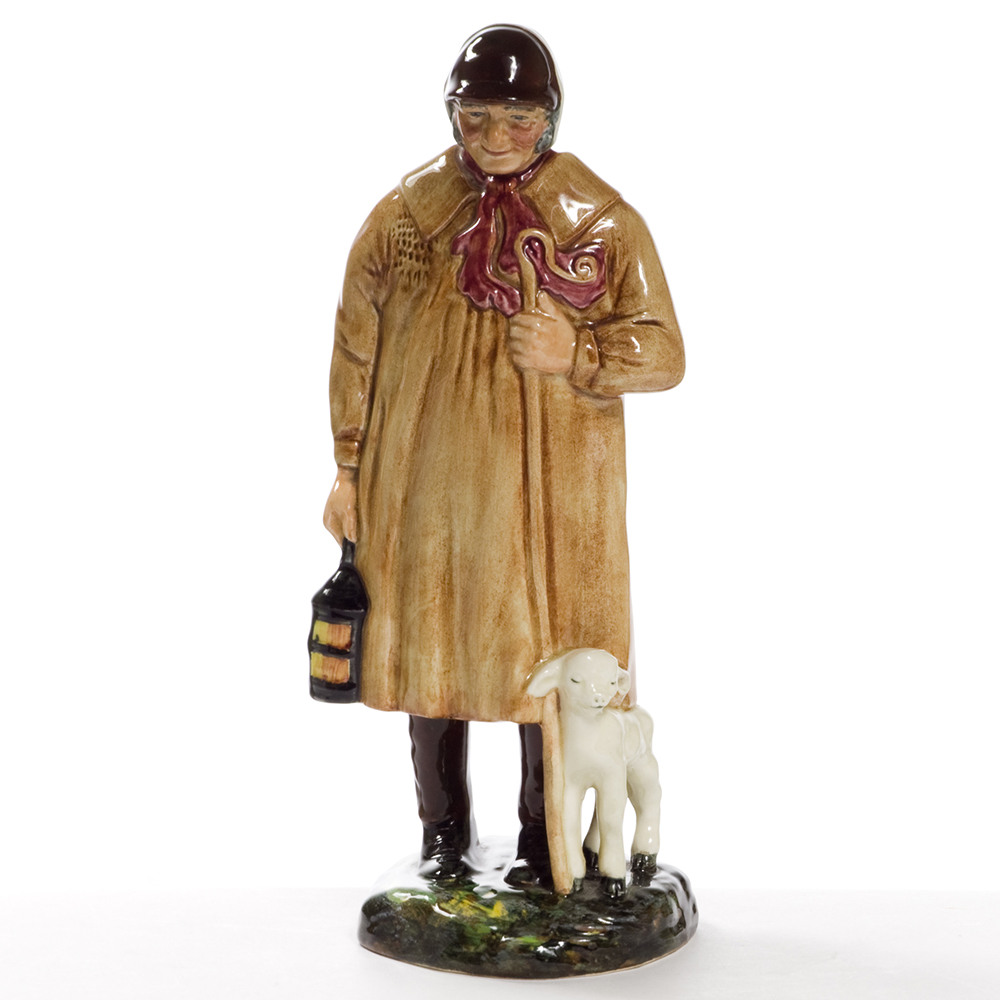
Royal Doulton Shepherd by L. Harradine
